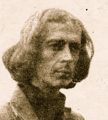John Pearce is a professional artist who initially studied at Hornsey College of Art in the 1960s. His work hangs in the Guildhall, London. He has specialised in ‘plantscapes’, which are ‘the outcome of a painter working from observation within a unique space-time capsule, in which the picture develops in parallel with seasonal changes’.
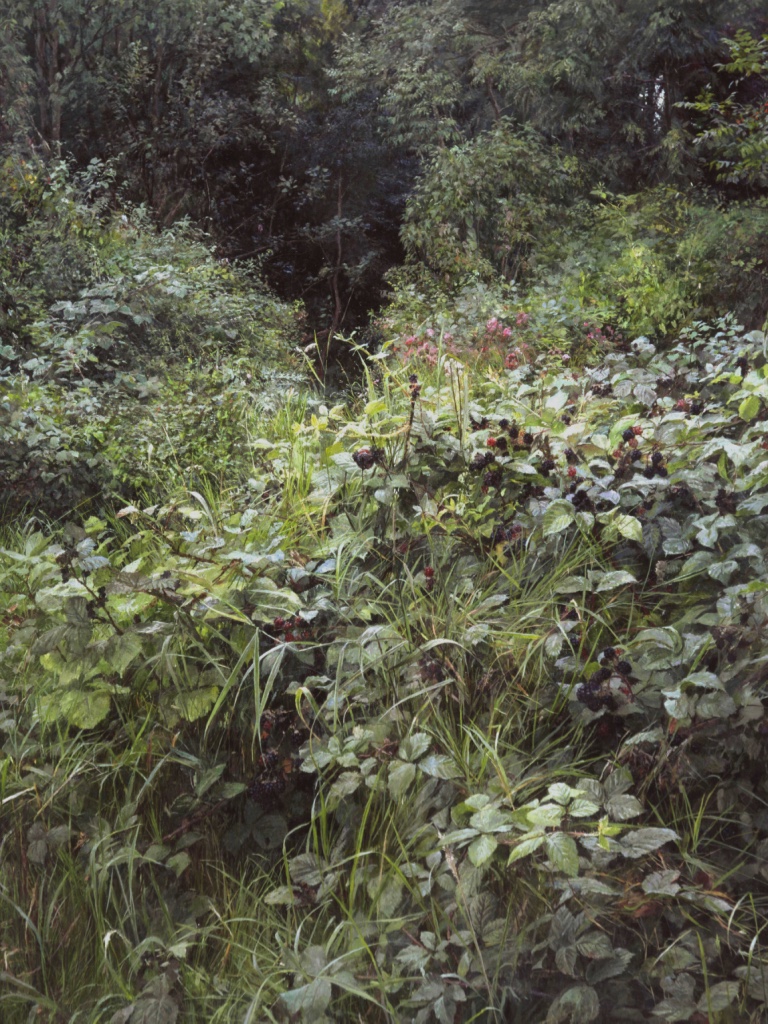
MILESTONES Written by John Pearce
CLICK TO VIEW COMPLETE IMAGES:
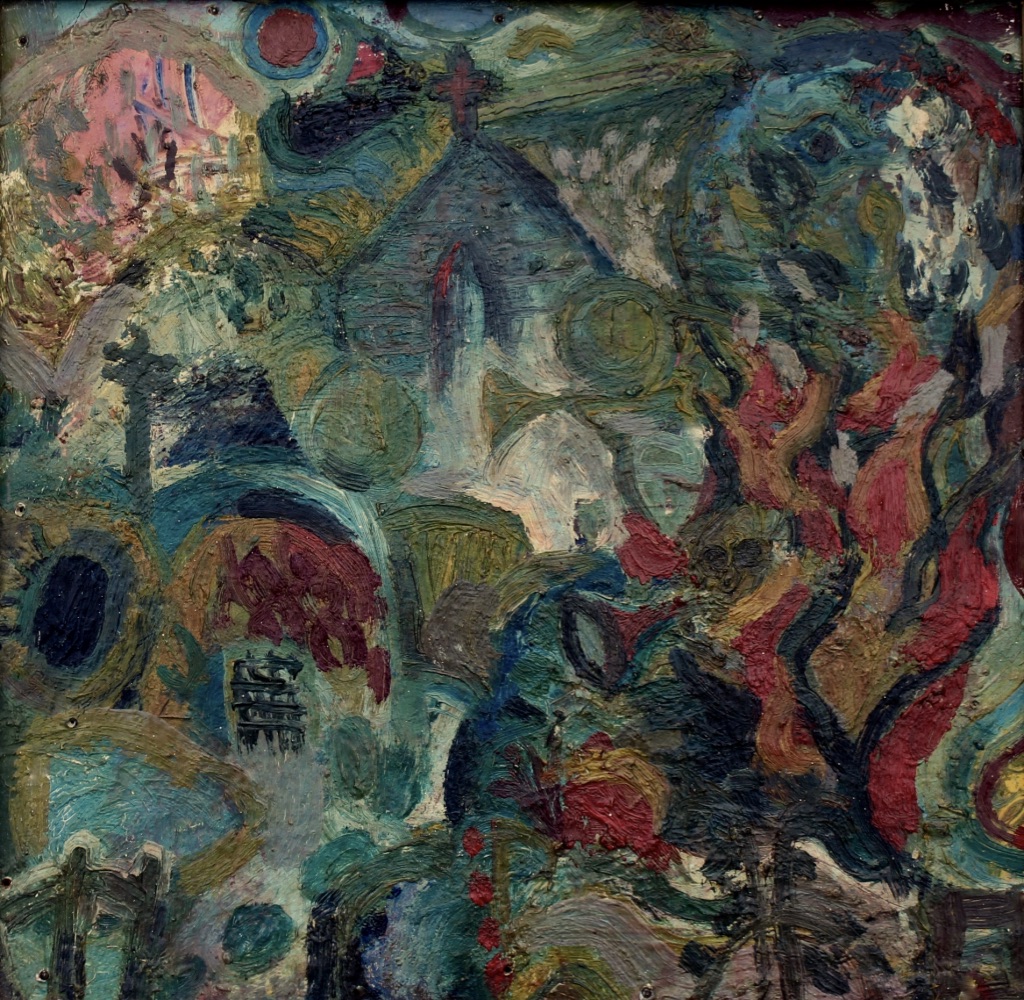
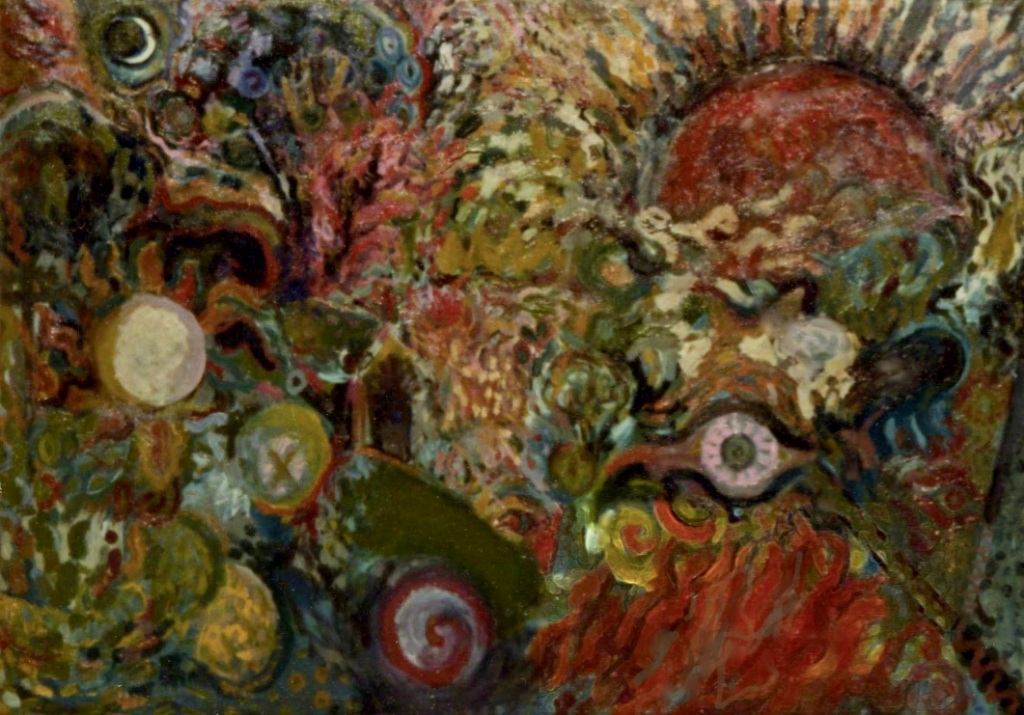
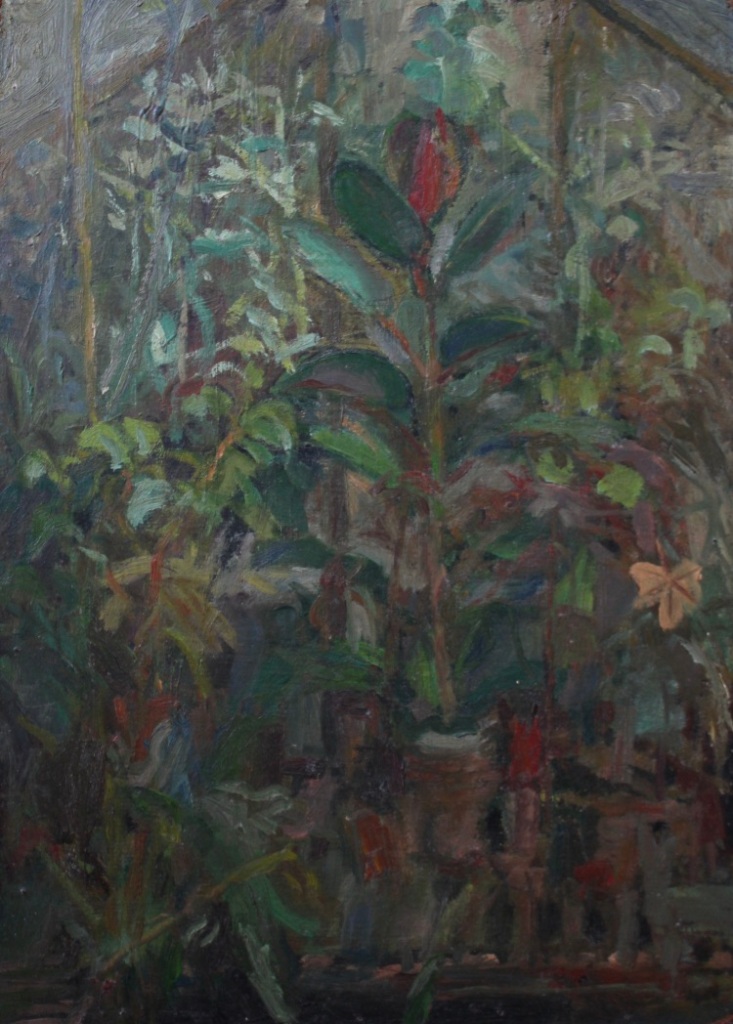
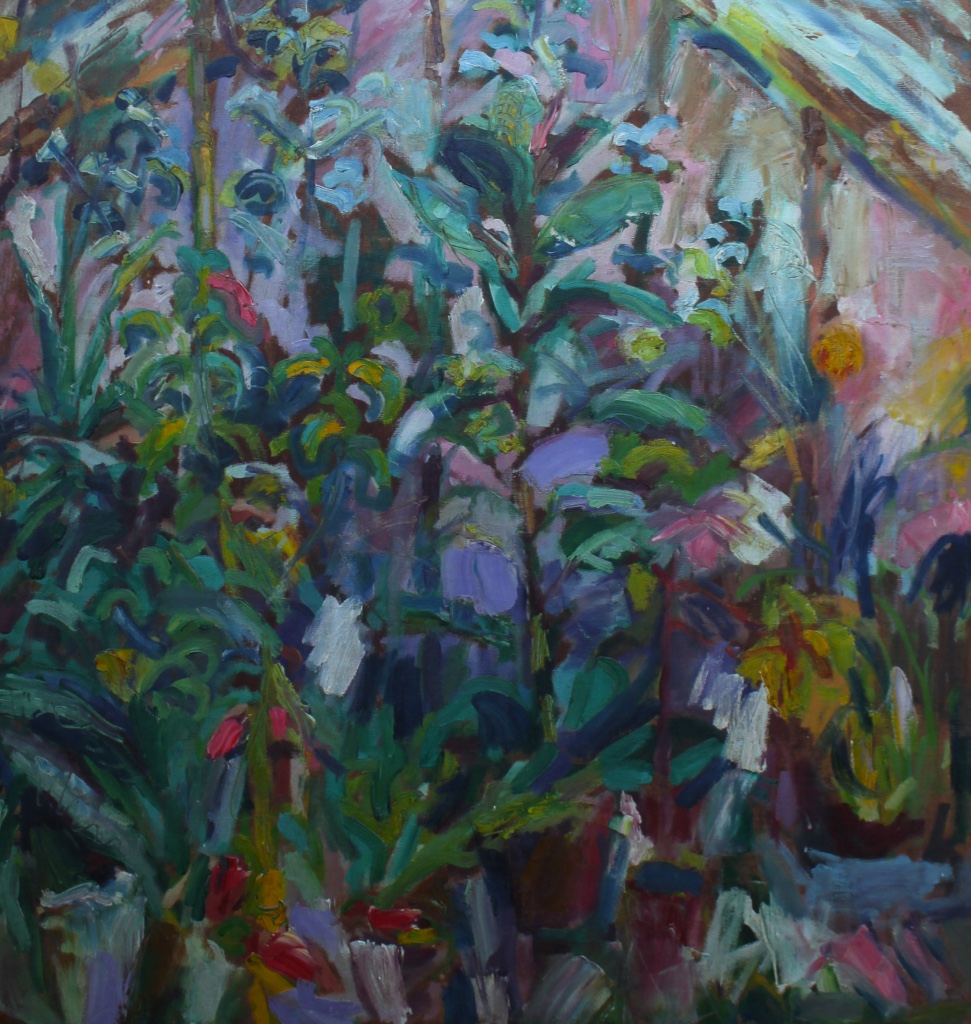


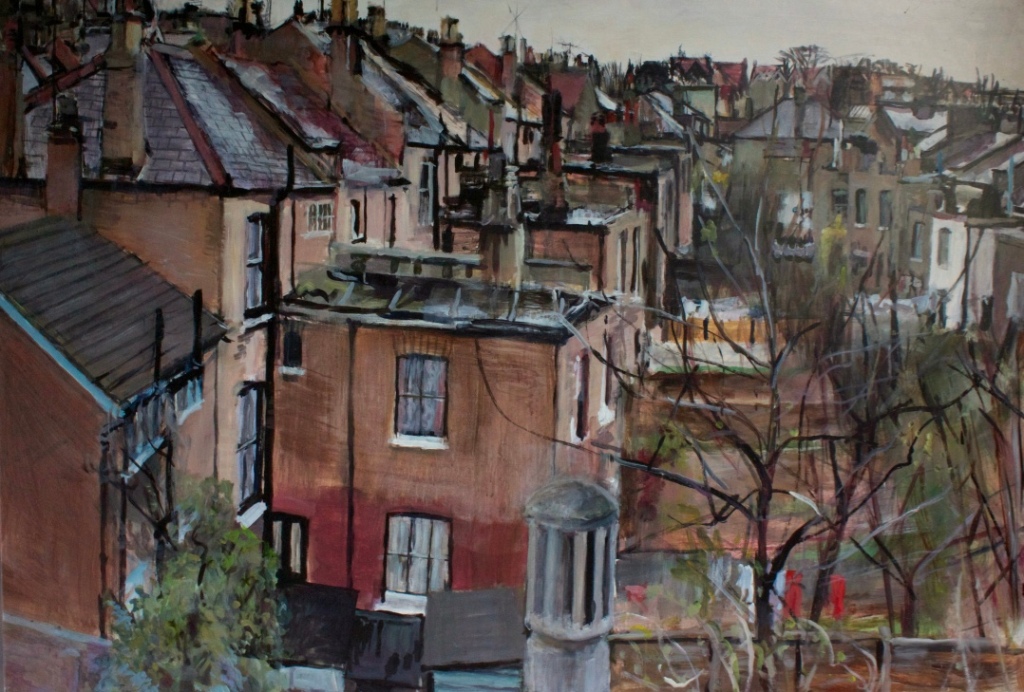

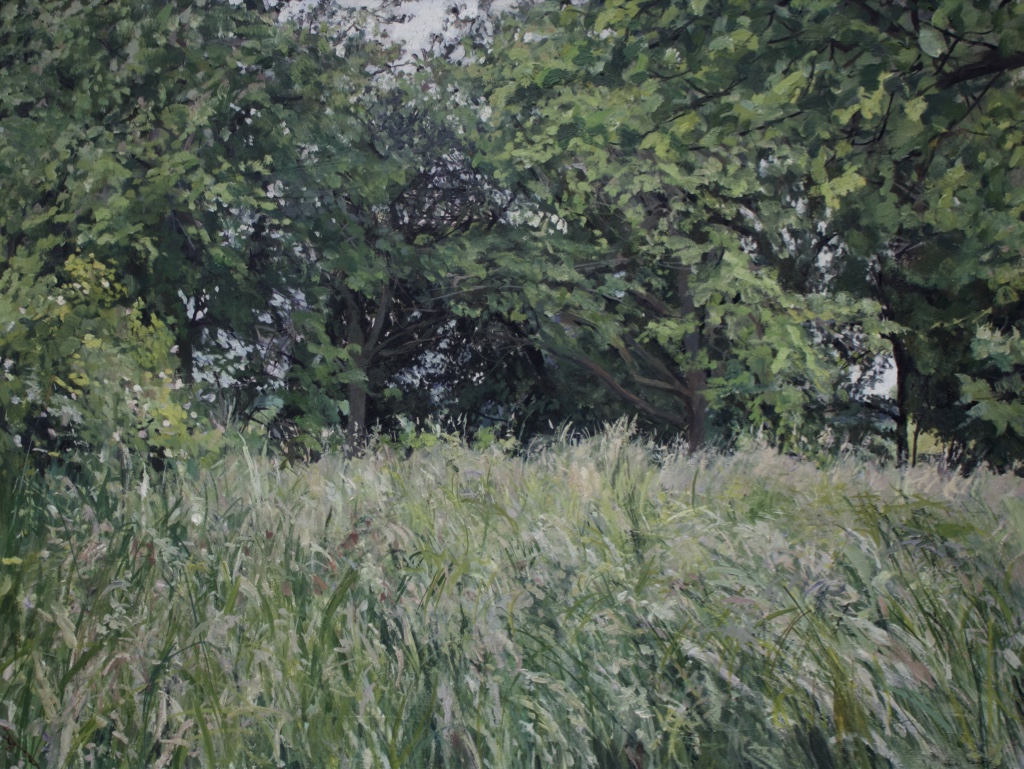

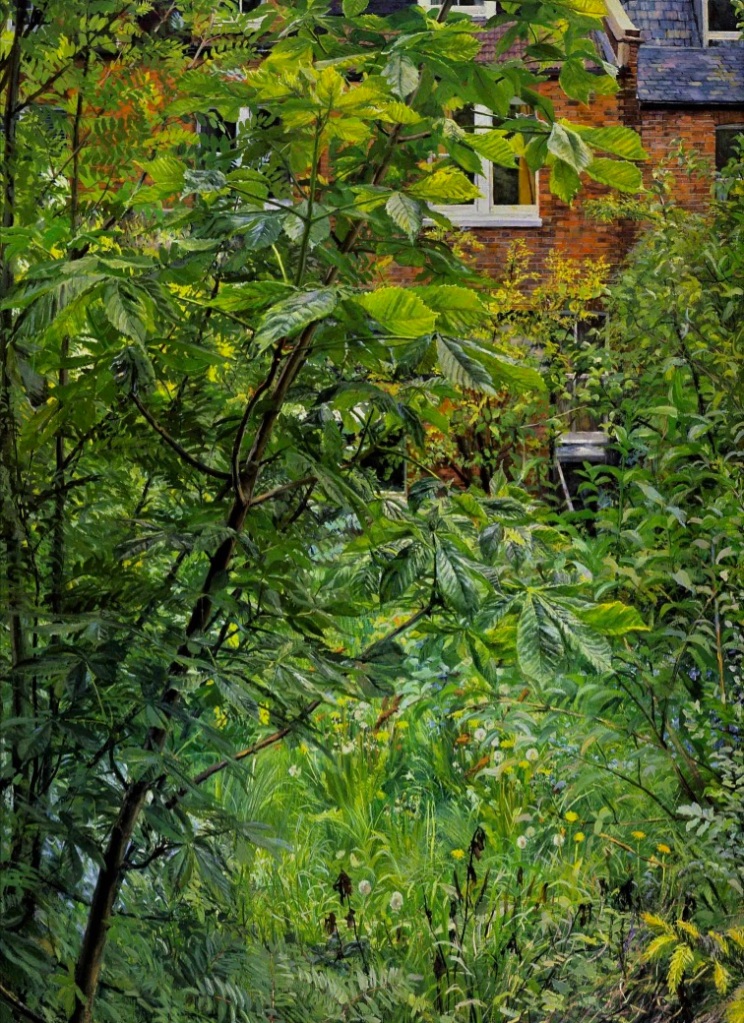
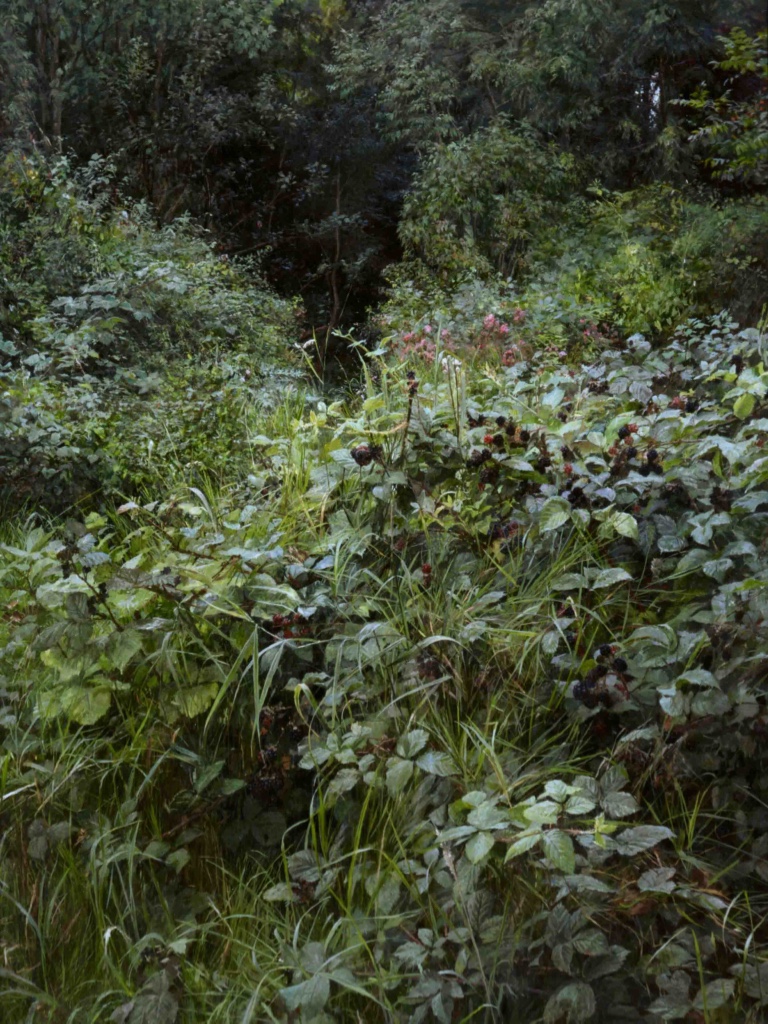
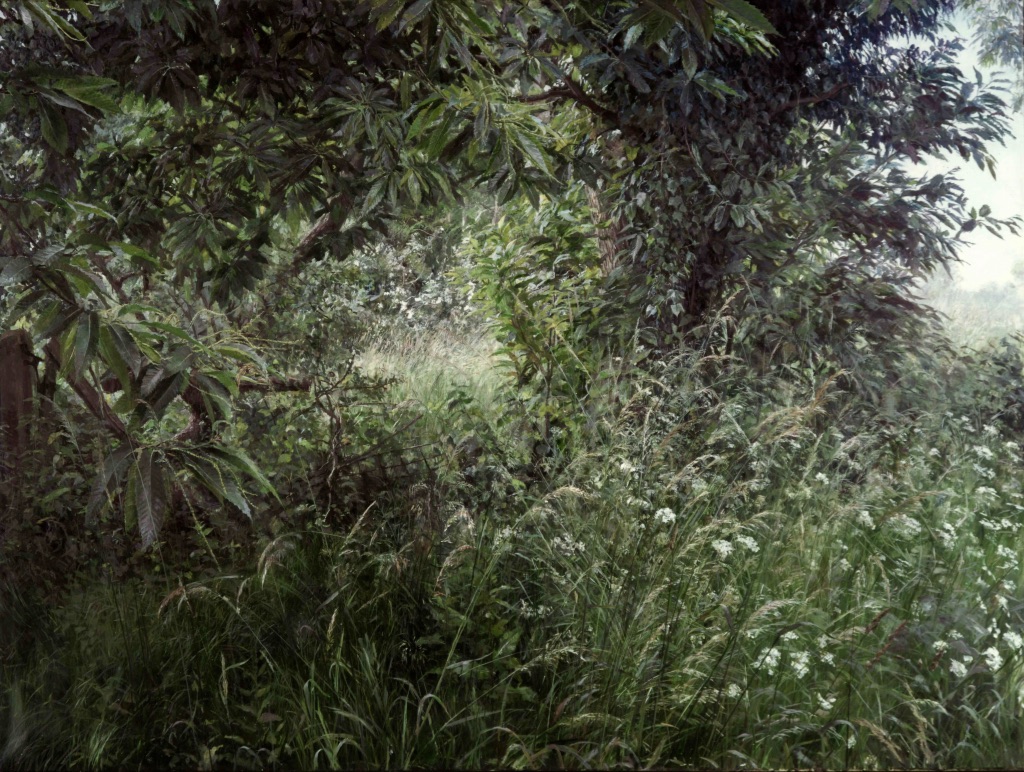
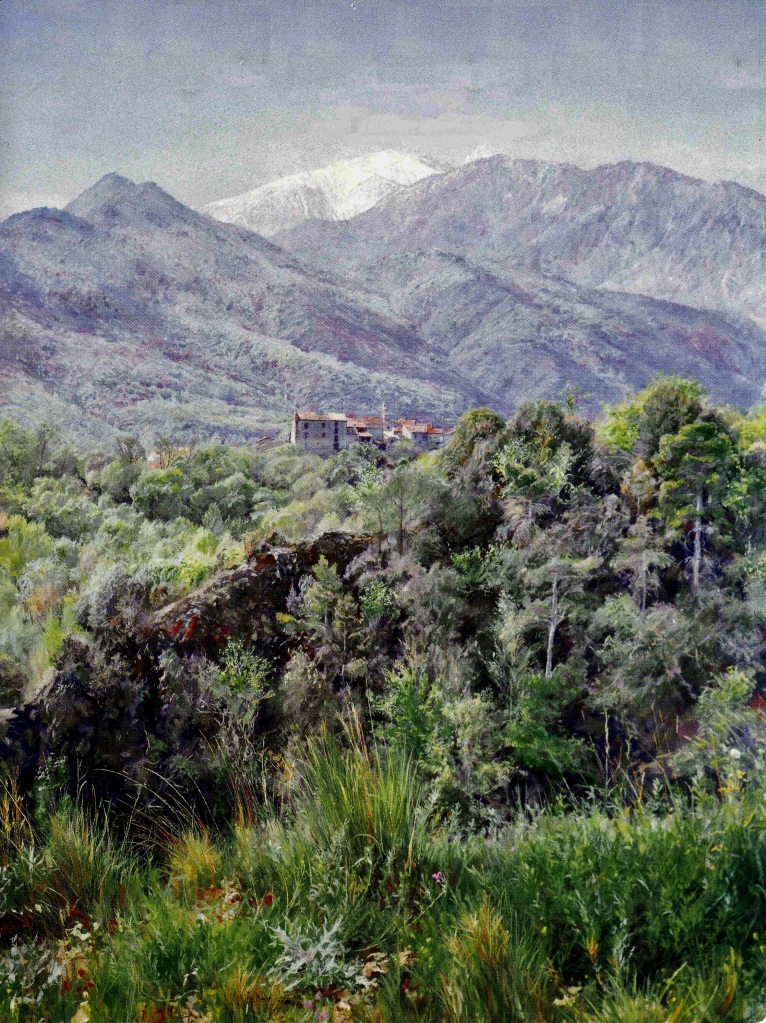

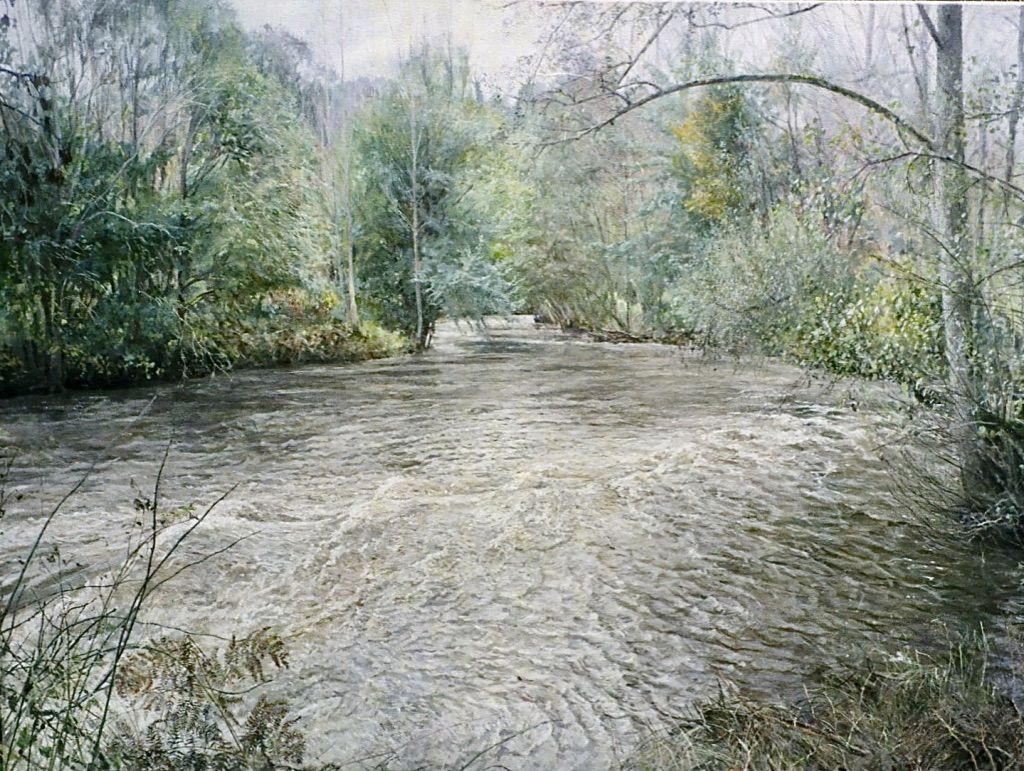
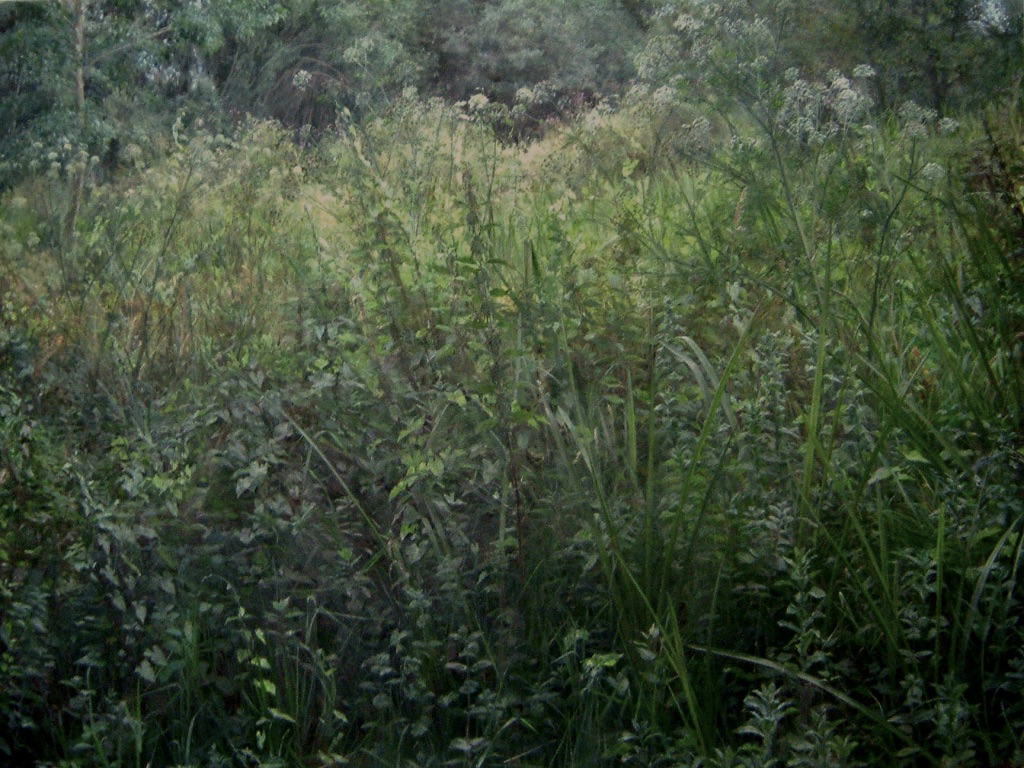
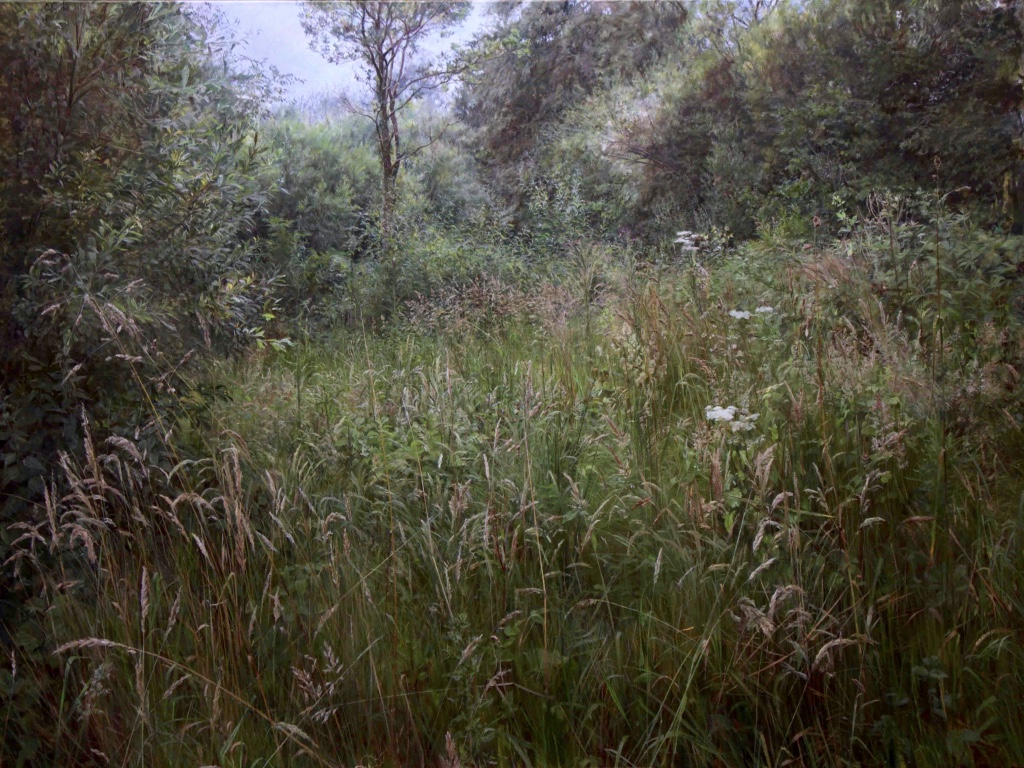
INTRODUCTION: This site is not so much a shop window* as a retrospective inquiry into how I and my painting have developed and been affected by my training, the zeitgeist, and other artists.
To navigate the site, please use the menu located at the top right-hand corner, or at the bottom of each page, where there is also a space for your comments – all comments, whether positive or negative, are useful to artists. There’s also the CONTACT page for feedback.
The first two pages (Retro-introspective, and Continuation), are an autobiographic overview with examples of my paintings and drawings. They follow a timeline from 1960 to 2020.
The second two pages (Early Influences and Interests, and Later Influences and Interests) give a wider cultural context, including people and ideas that have influenced me among many others. The remaining pages are varied and self-explanatory.
*Click here for: JOHN N. PEARCE: LIMITED EDITION PRINTS
Hornsey College of Art 1960 – 63
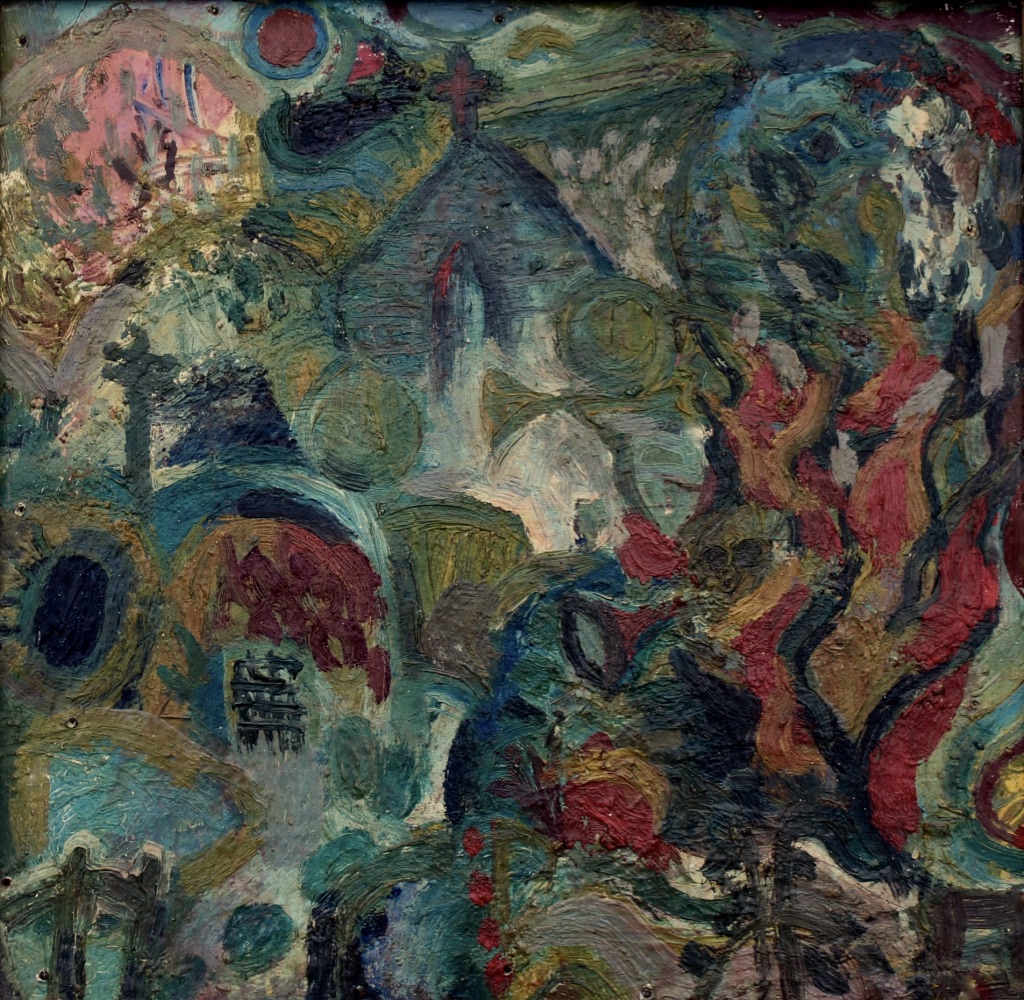
The artist Julia Wolstenholme, a tutor at Hornsey Art College, and also life-partner to Frank Auerbach, alerted me to the fact that visual perception, and the activity of drawing, is as much visceral and subjective as intellectual and analytical. And Bridget Riley – though not yet the Op artist and 60s icon she was to become – opened my eyes to the vibrant energy of complementary opposites, particularly red and green, in the eyes and mind of the beholder.
CLICK TO VIEW COMPLETE IMAGES:

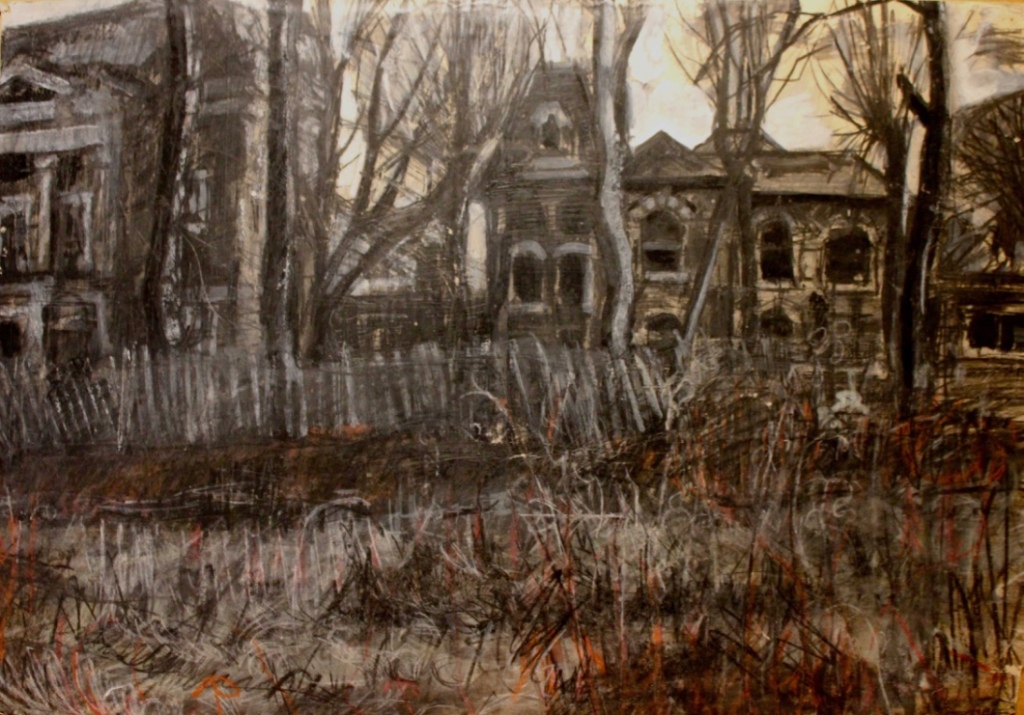
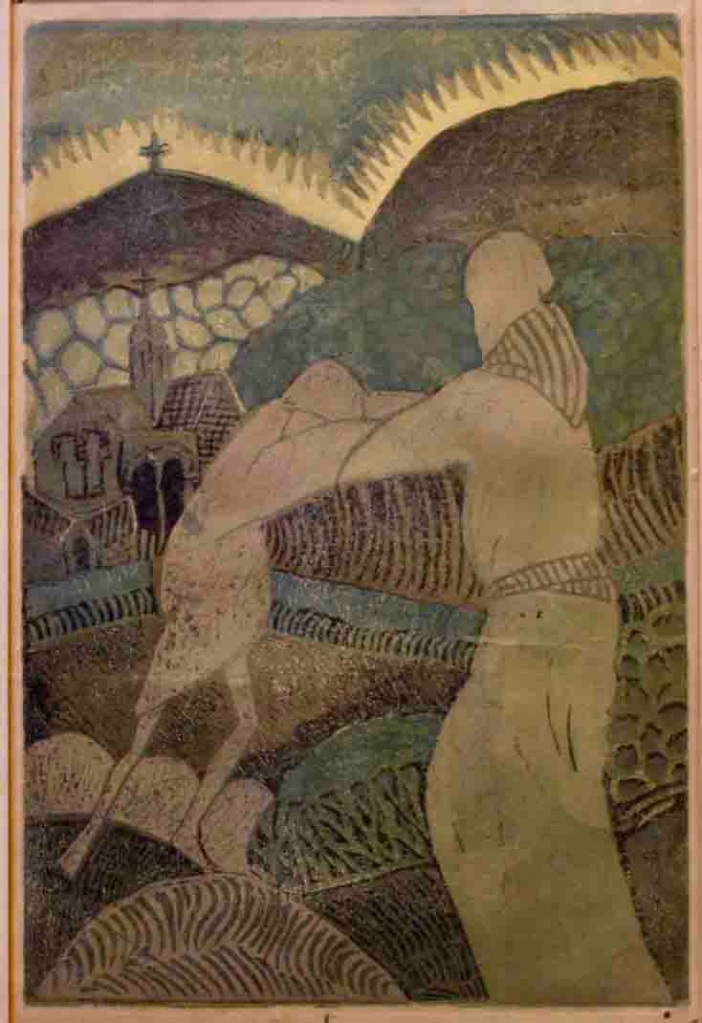

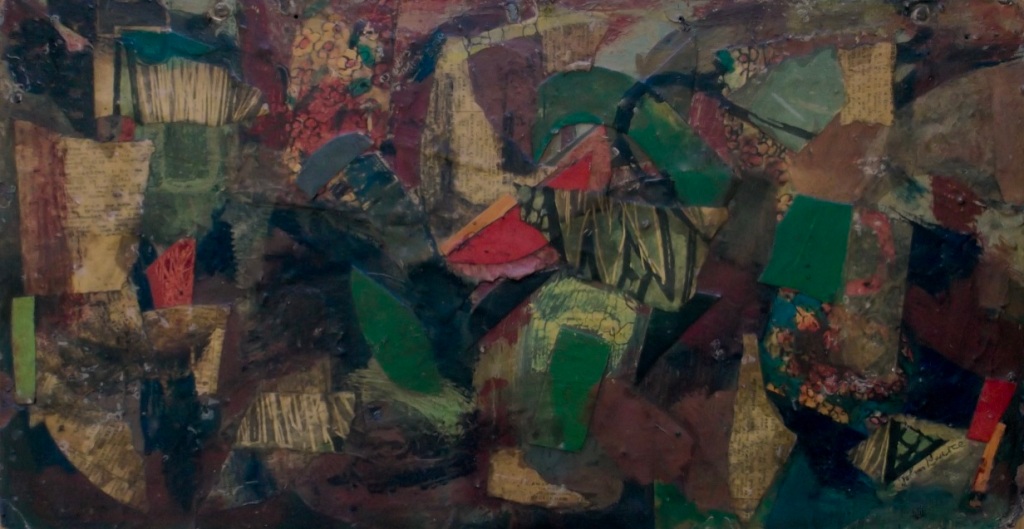
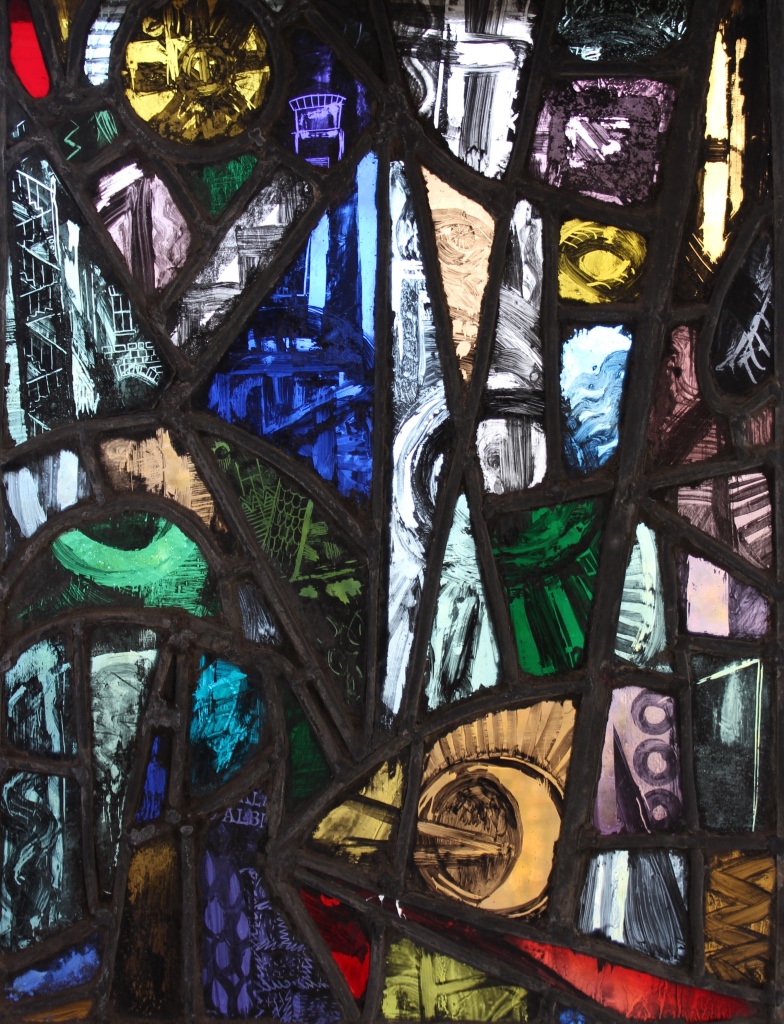
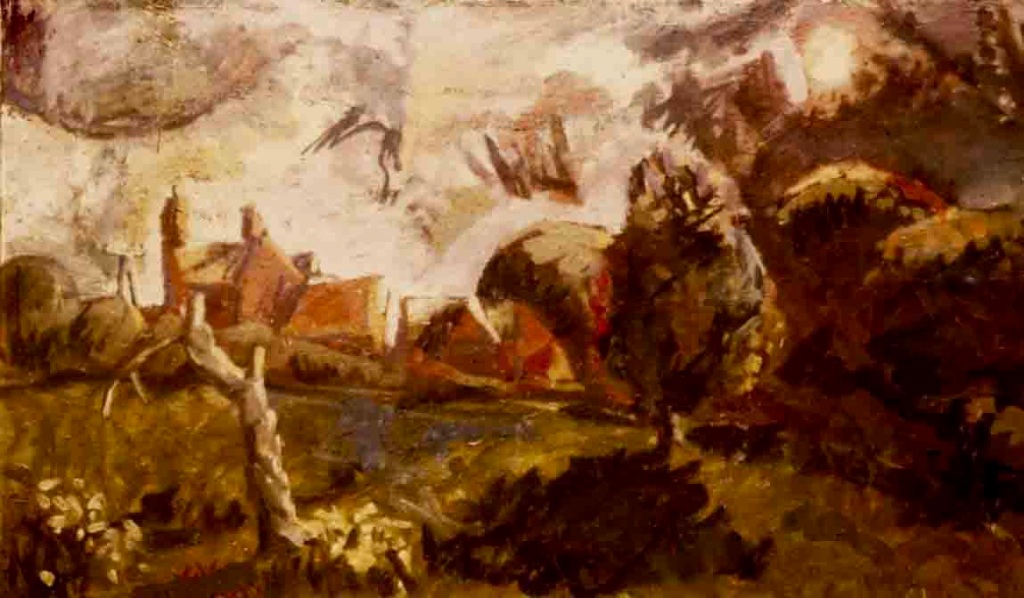
Works in various media Hornsey Art college.
Outdoor drawings: Billingsgate, with the tower of St. Dunstan’s Church; the industrial design annex of Hornsey art college; lino-cut: The Prodigal Son; collages: Cuba Missile Crisis and ‘Garden Wall’; stained glass from fragments; Painting based on a sketch from a walk near Wheeler End, Chilterns 1960-61. (This somewhat apocalyptic-looking painting, now lost, was exhibited in a corridor at Hornsey College for a whole year, where it was reportedly praised by the entire staff – until, that is, Keith Grant, who seemed to have it in for me, got his eye on it and objected to the dead tree in the foreground, pointing to some red blotches at its base “What’s that – the blood that flowed from the cross?”. Foolishly, I painted the tree out. Realising this weakened the composition, I attempted to replace it but the damage was done! – Thanks Keith…!)
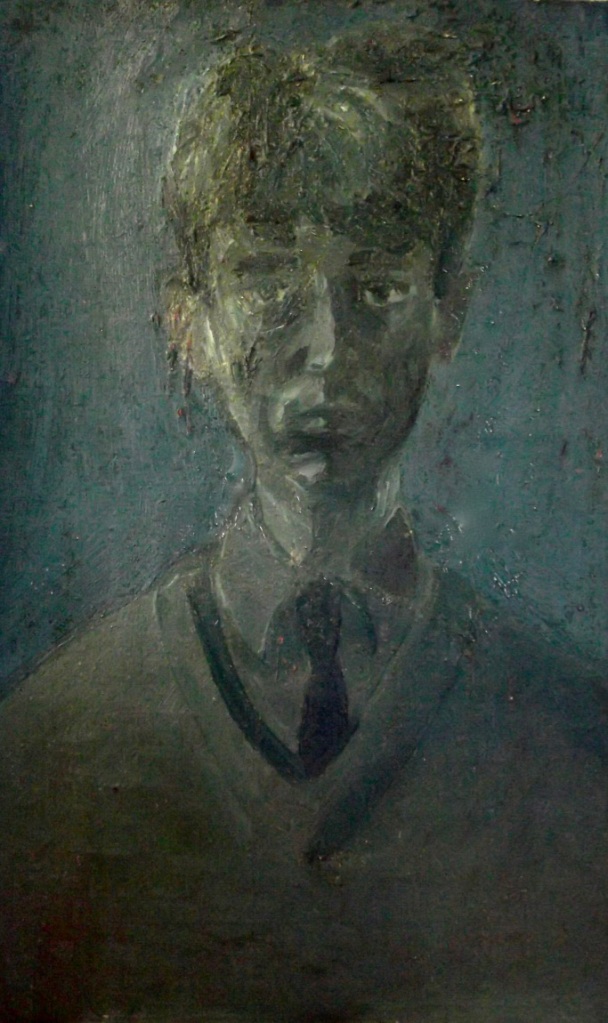
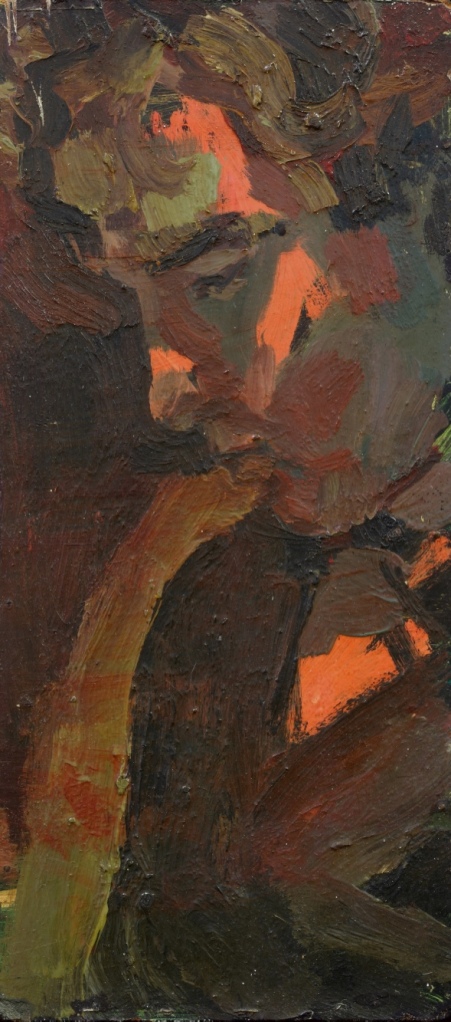
My 4’x6′ canvas ‘The Expulsion From The Garden of Eden’ was exhibited in the 1962 Young Contemporaries exhibition at the RBA galleries in Suffolk Street, London. This was the fullest expression of a ‘visionary’ phase inspired by Van Gogh, William Blake, and the teachings of Jung. Note that I never took any of the psychedelic drugs which were in vogue a few years later!
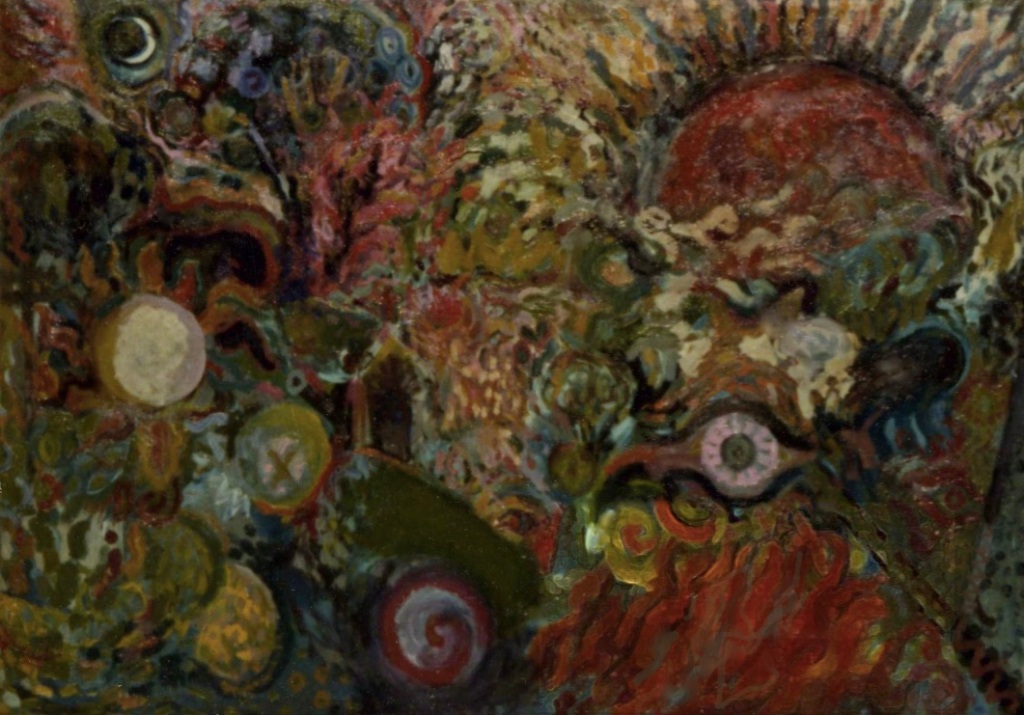
Towards the end of the summer holiday in 1962 I had a cycling accident which split my lips and knocked out some front teeth. Emerging from two weeks in hospital, I went straight back to college – only to find that the inner visions seemed to have gone. The outer world was still very present to my awareness, and though painting directly from the subject seemed at the time a bit too obvious , my response was direct and expressionistic. But I perhaps shared a widespread tendency with fellow art students at the time: at all costs avoid an obvious response to a subject, and don’t paint surface detail.

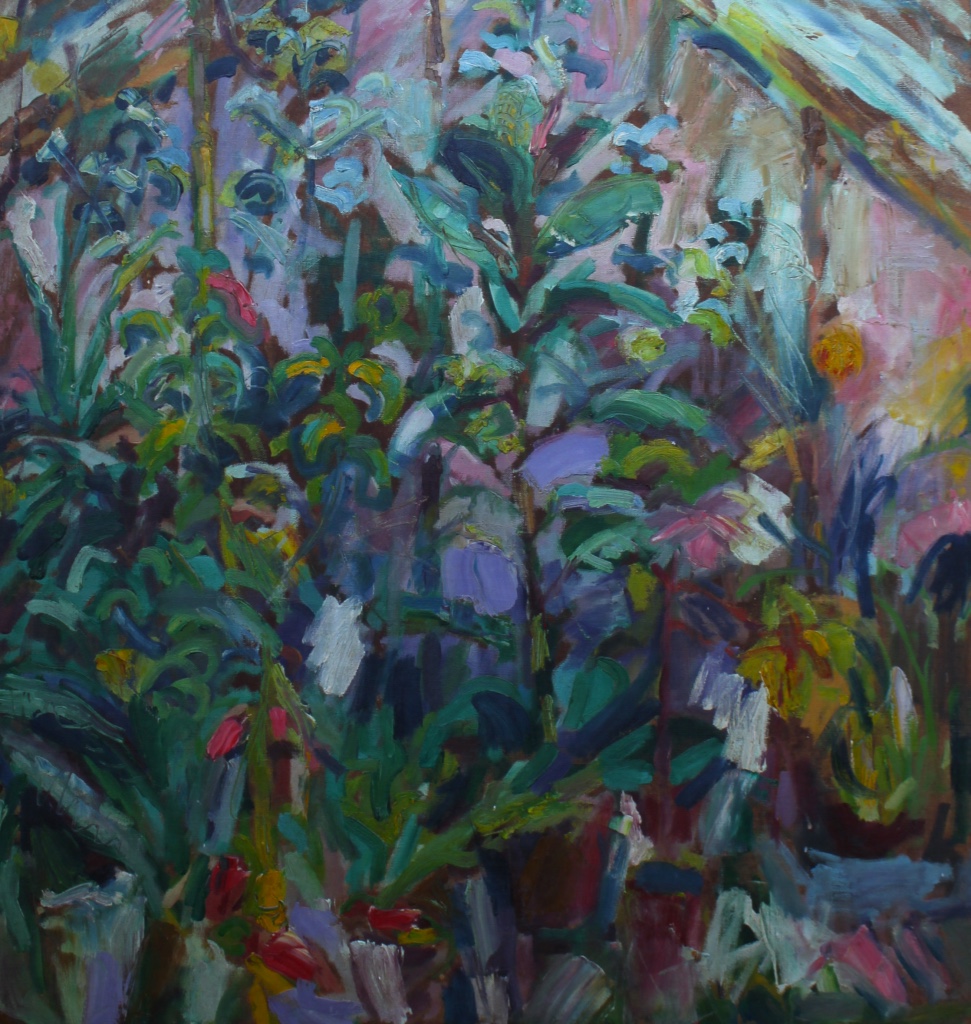
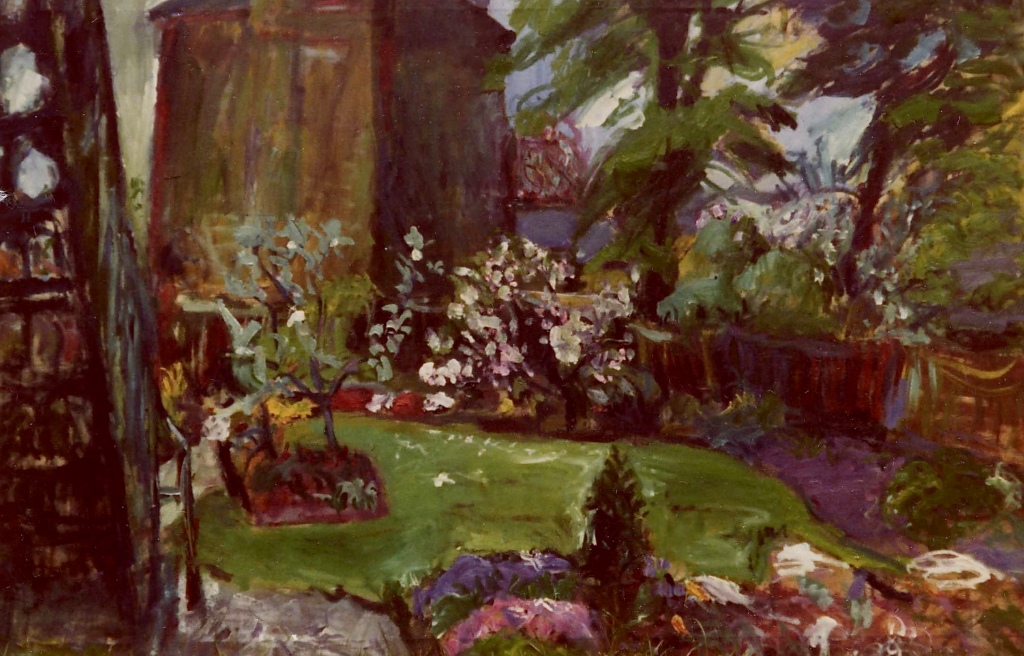
Every year students in the painting school entered for the so-called ‘Sketch Club Prize’. In 1963 the visiting judge was L.S. Lowry, and he awarded me the prize (which was then about £2/6d) for my painting of our Crouch End back garden (above).
With a great display of eccentric awkwardness, leaning with studied nonchalance on someone’s sculpture, Lowry appealed to the assembled students: “Come on somebody, ask me a question – I don’t know what to say!” Someone asked, “What do you think of Pop Art?” “What is Pop Art?” was the reply. “Well, that sculpture you’re leaning on…” Someone asked why he’d chosen my painting. Lowry said he didn’t know, he just knew what he liked! He also said it was courageous. I’m not sure why.
CLICK TO VIEW COMPLETE IMAGES:

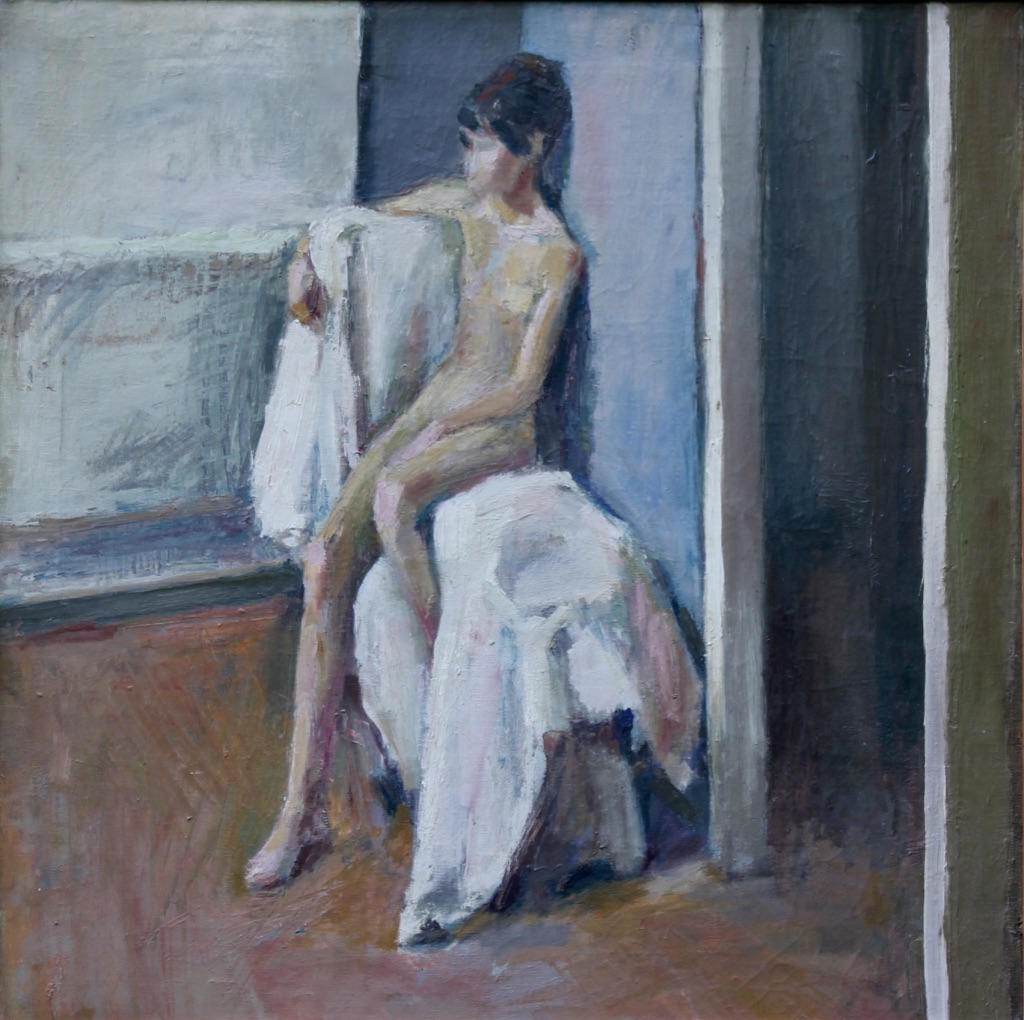
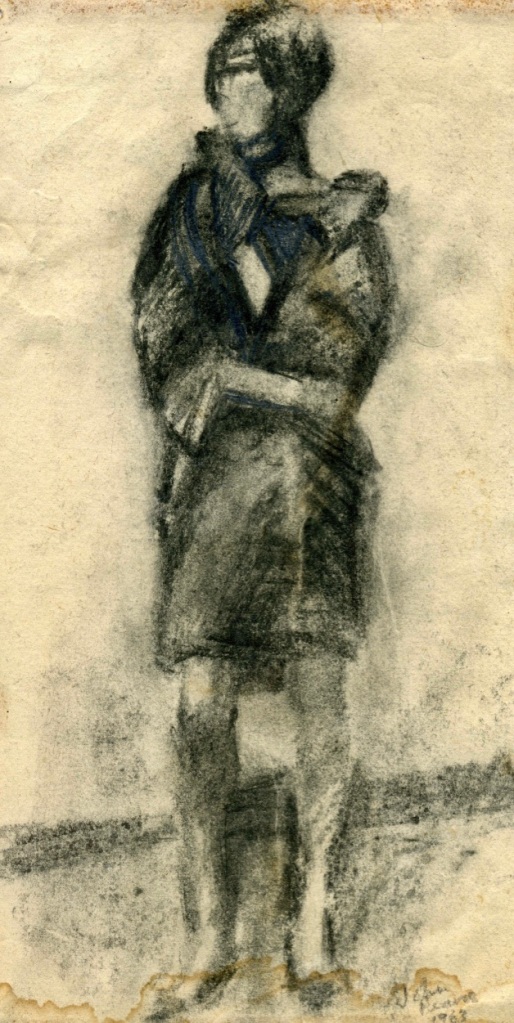
Around 1964 I was also ‘courageous’ – regrettably so – in making a bonfire of my numerous art-school life drawings, as well as other works, including (deservedly) my graduation life painting (right). The above life painting – the only one I did that elicited approval from our revered tutor, Jesse Cast – and the charcoal drawing – which drew a grudging compliment from Kieth Grant – are the only survivors. I also lost track of the six-foot high, cement sgraffito decoration, and many more of my works over the years.
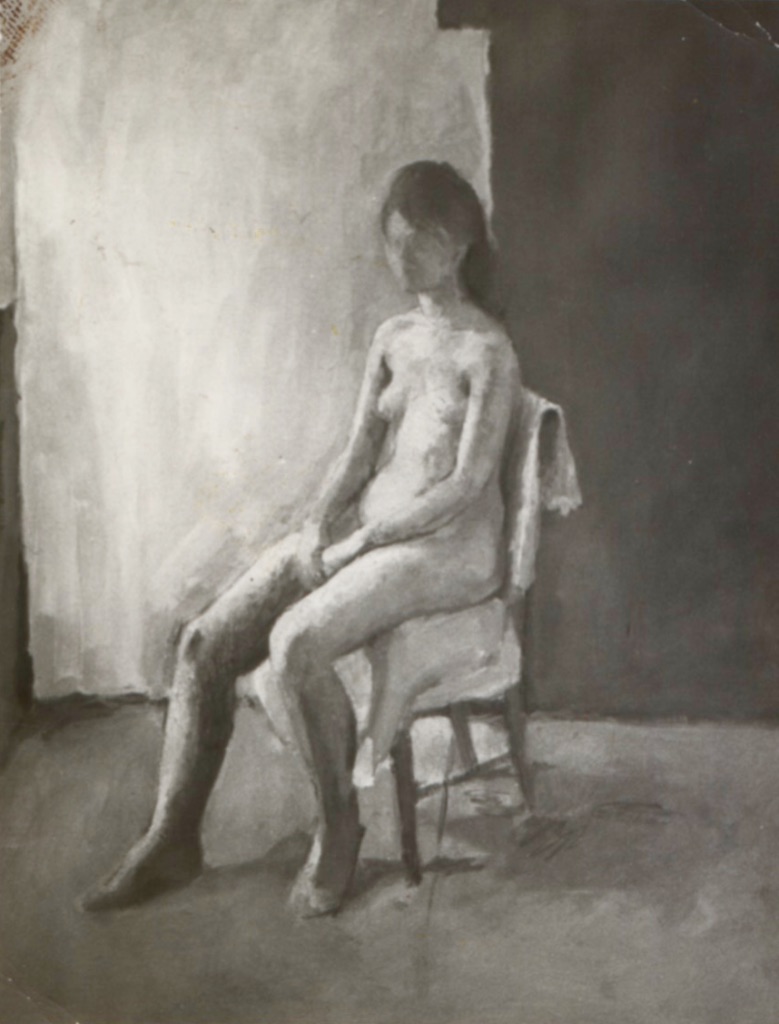
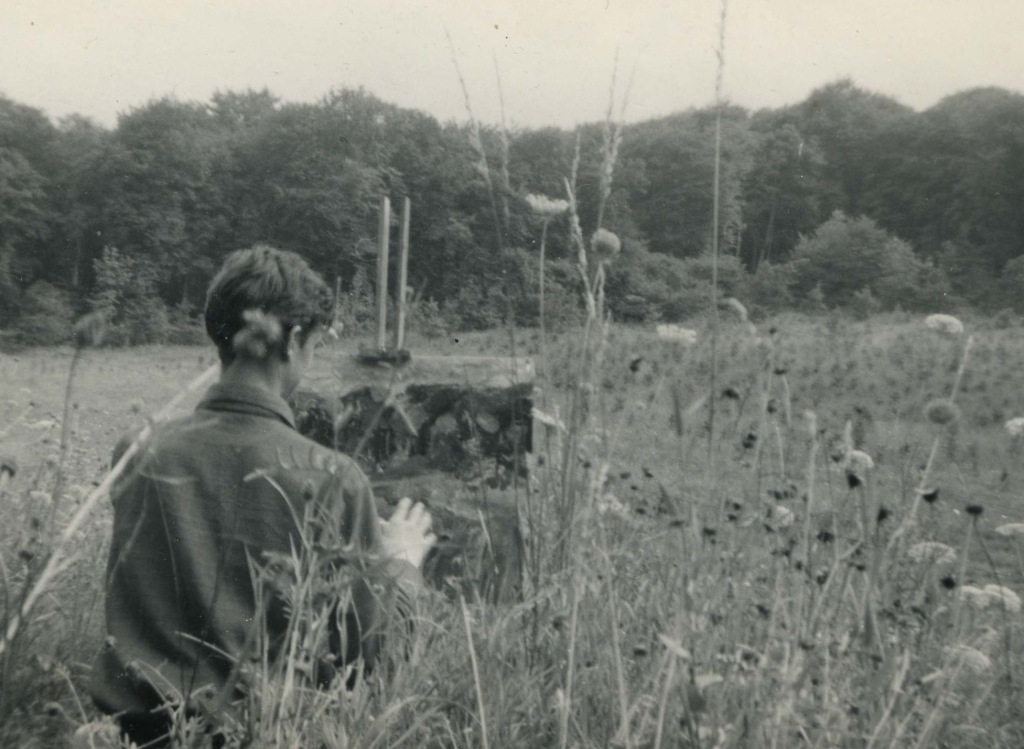
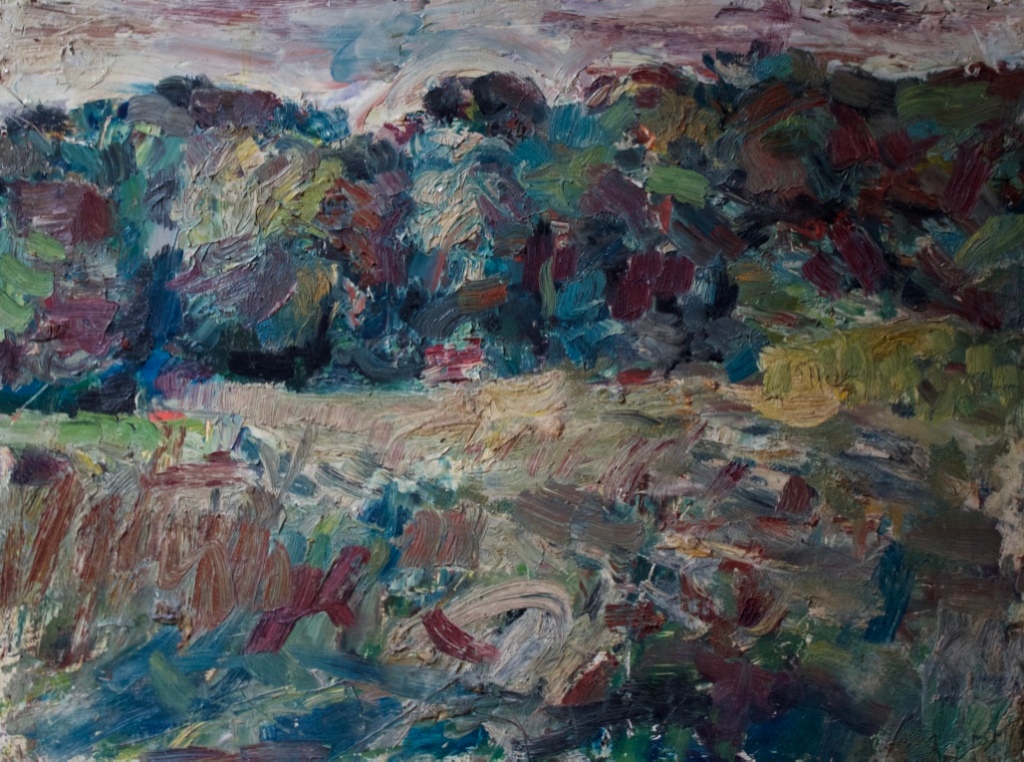
Newcastle University 1963 – 1964
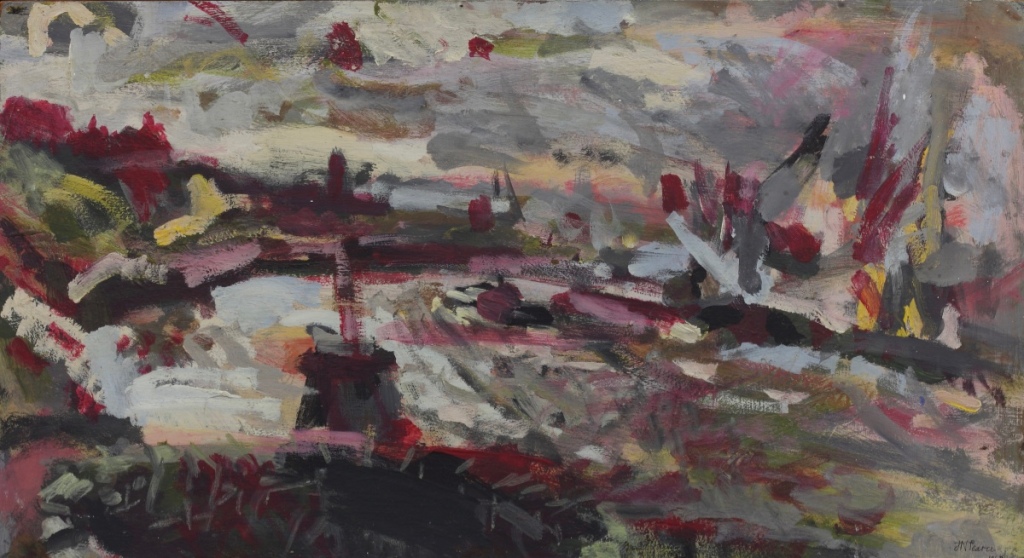
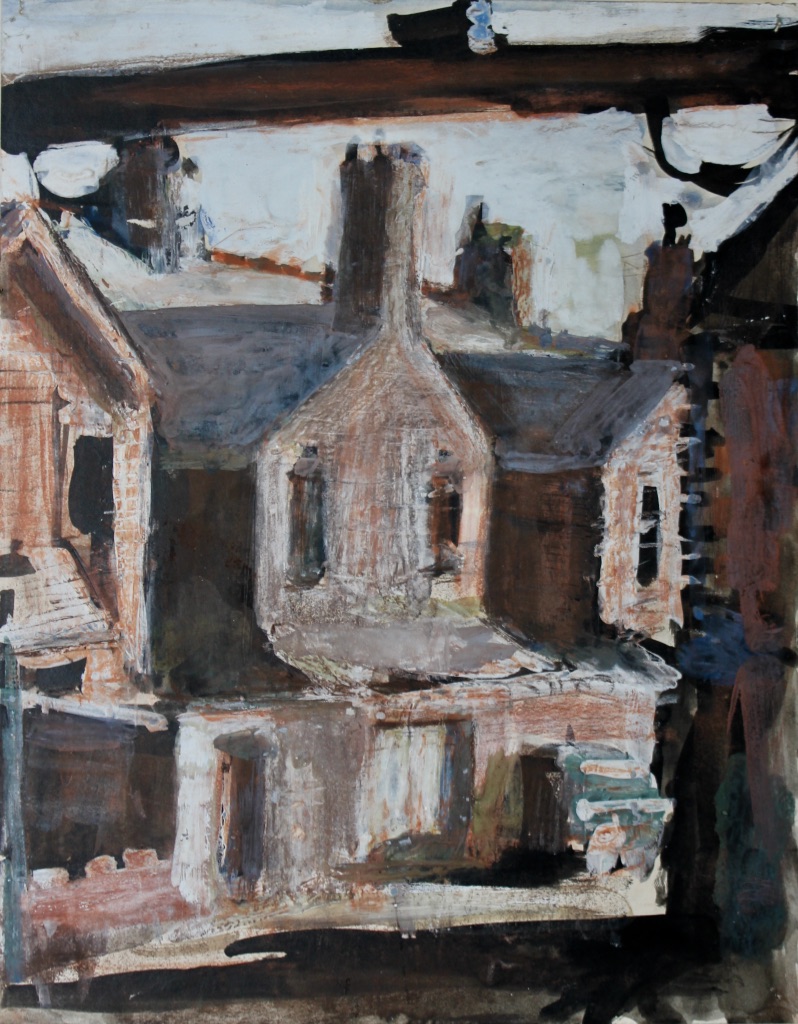
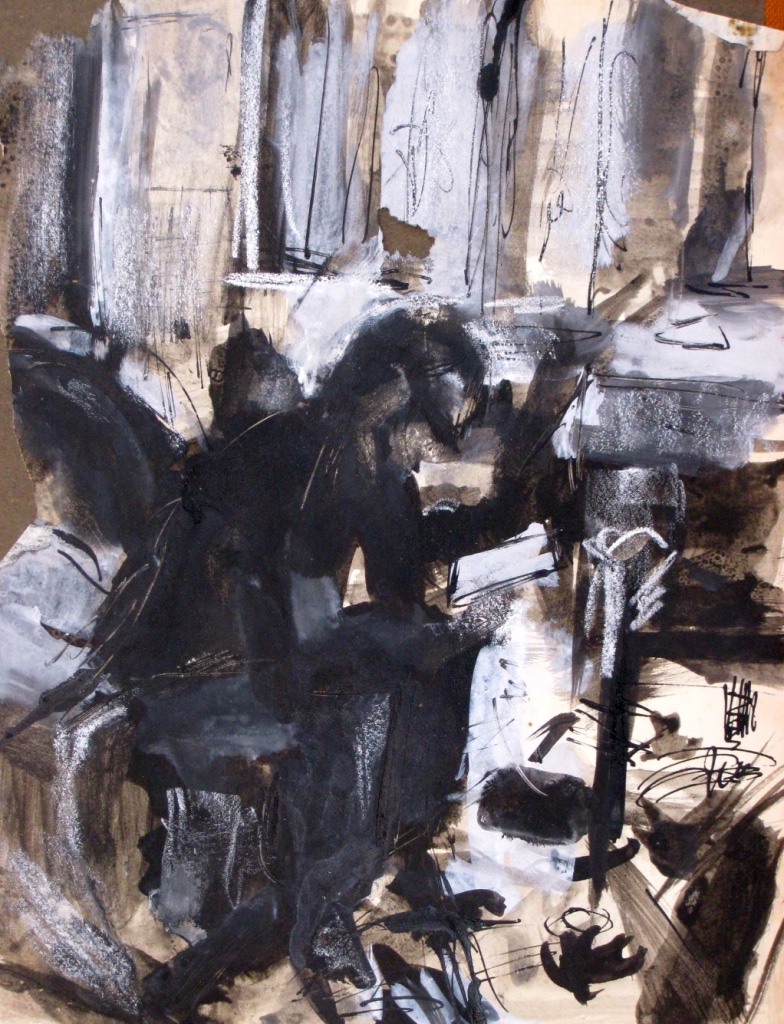
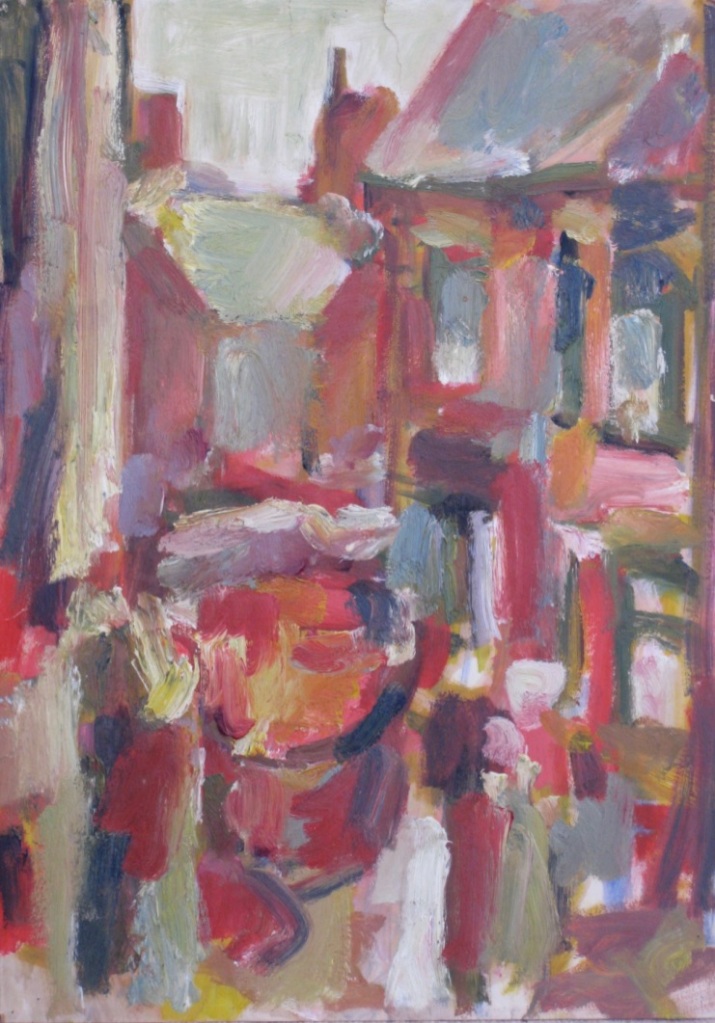
1963
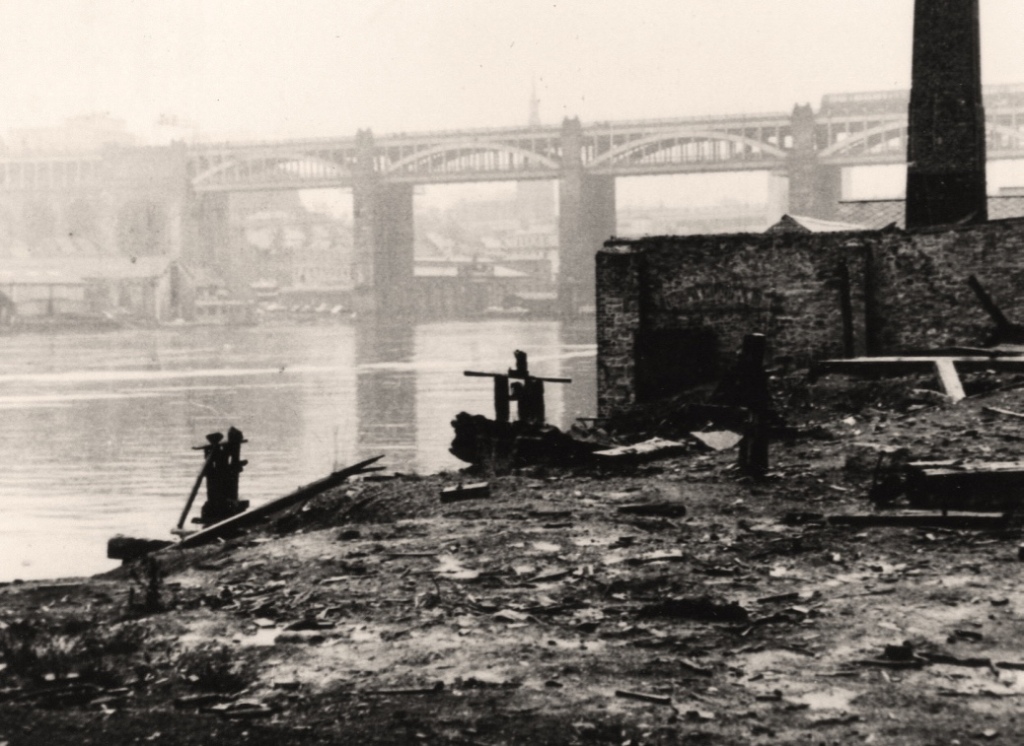

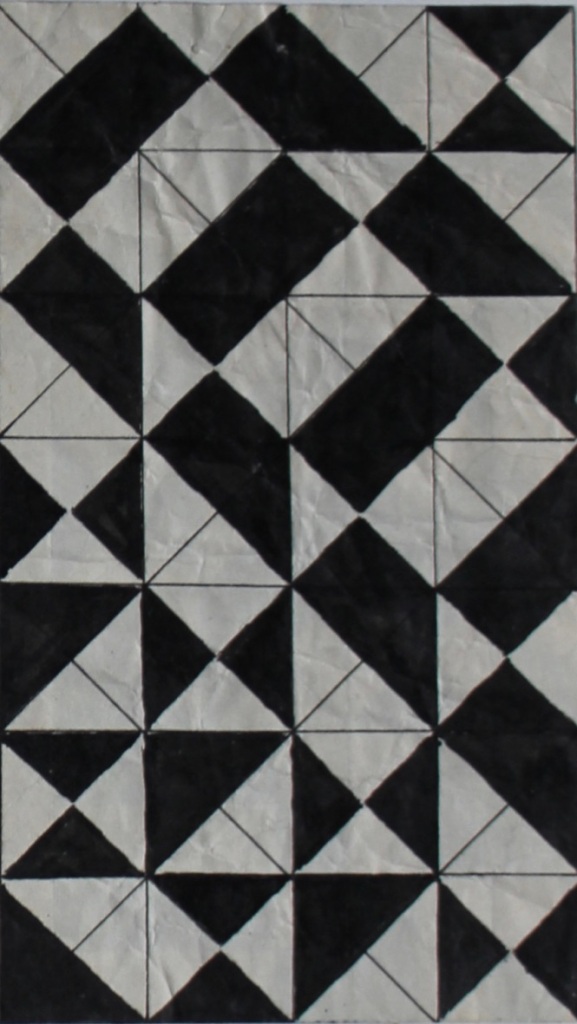


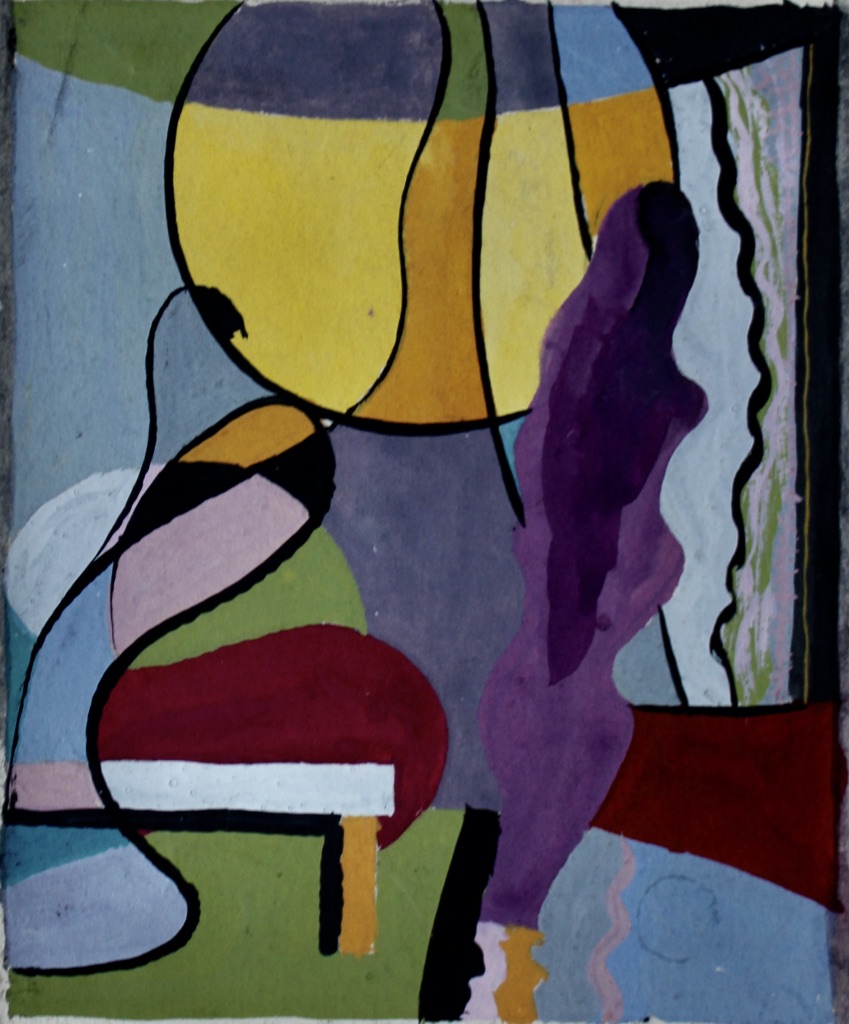

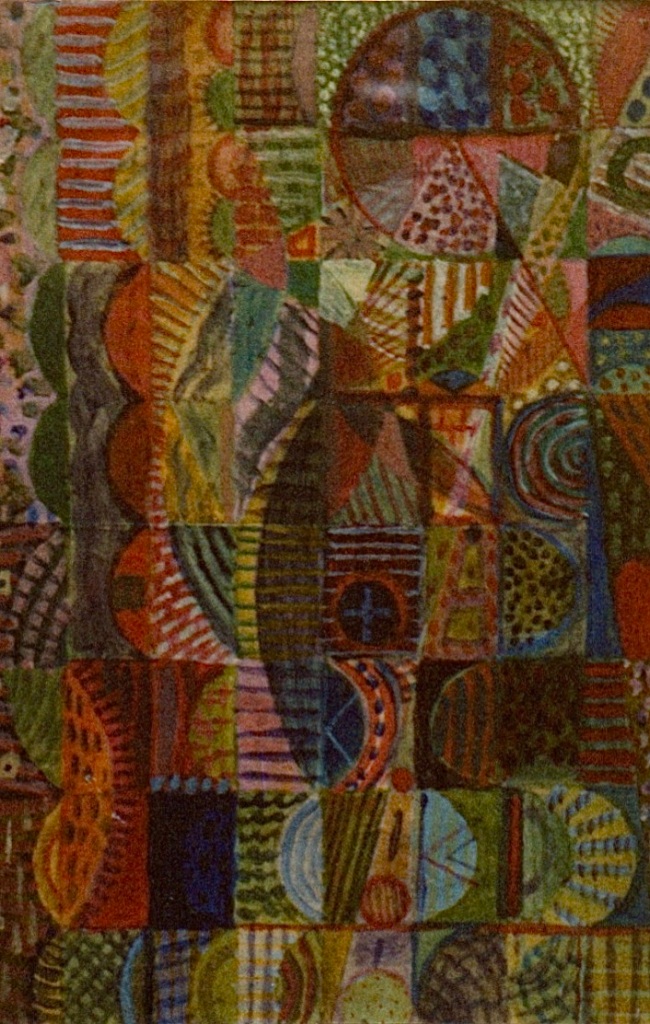
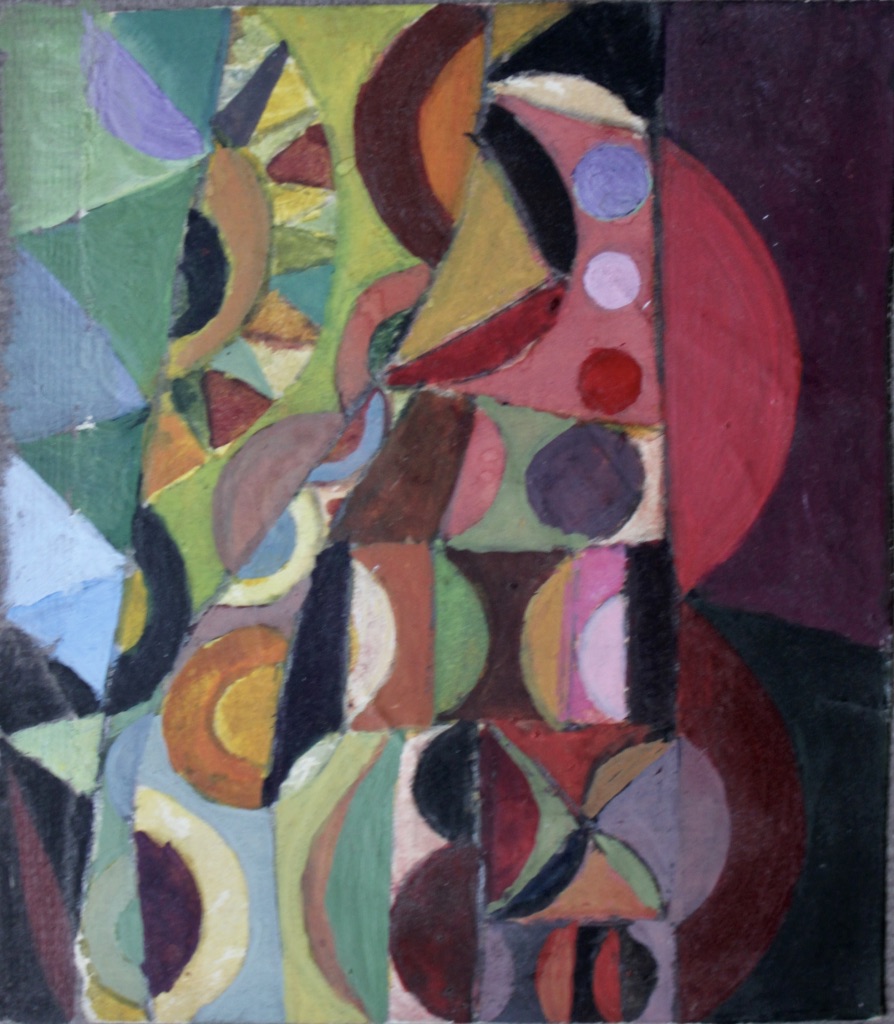
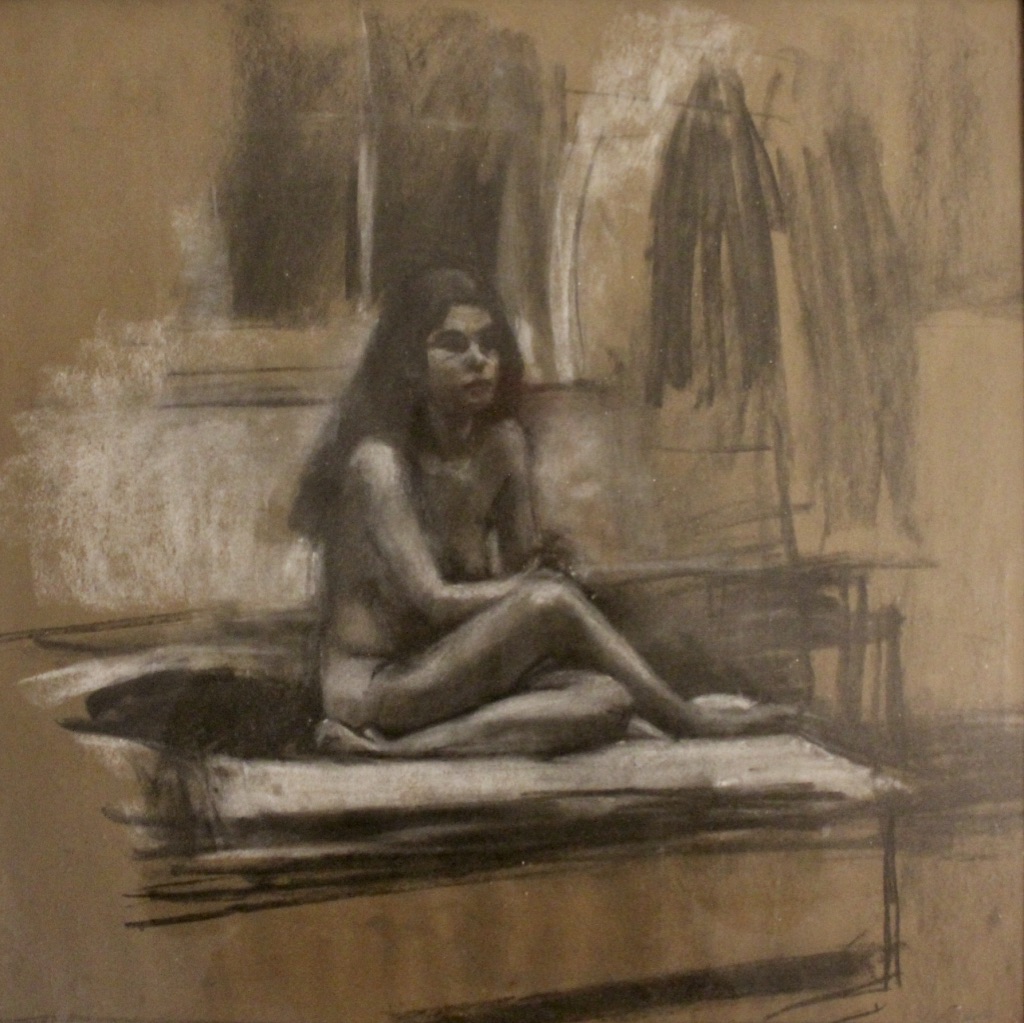
London 1964-1980


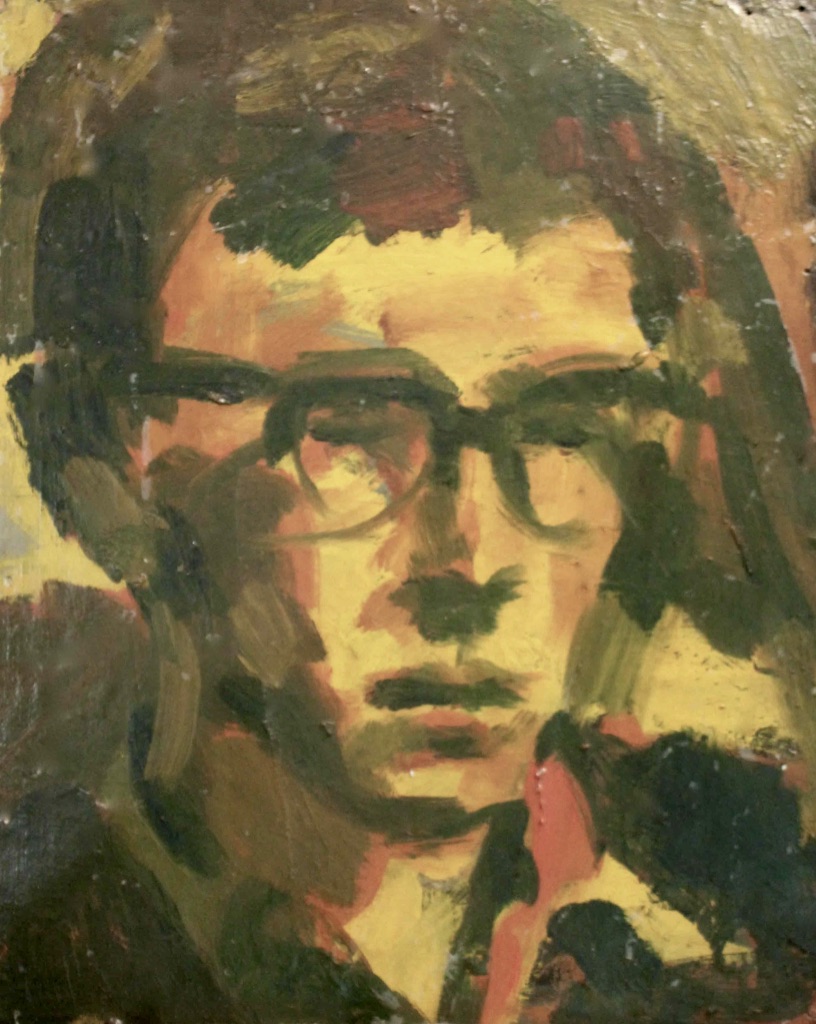
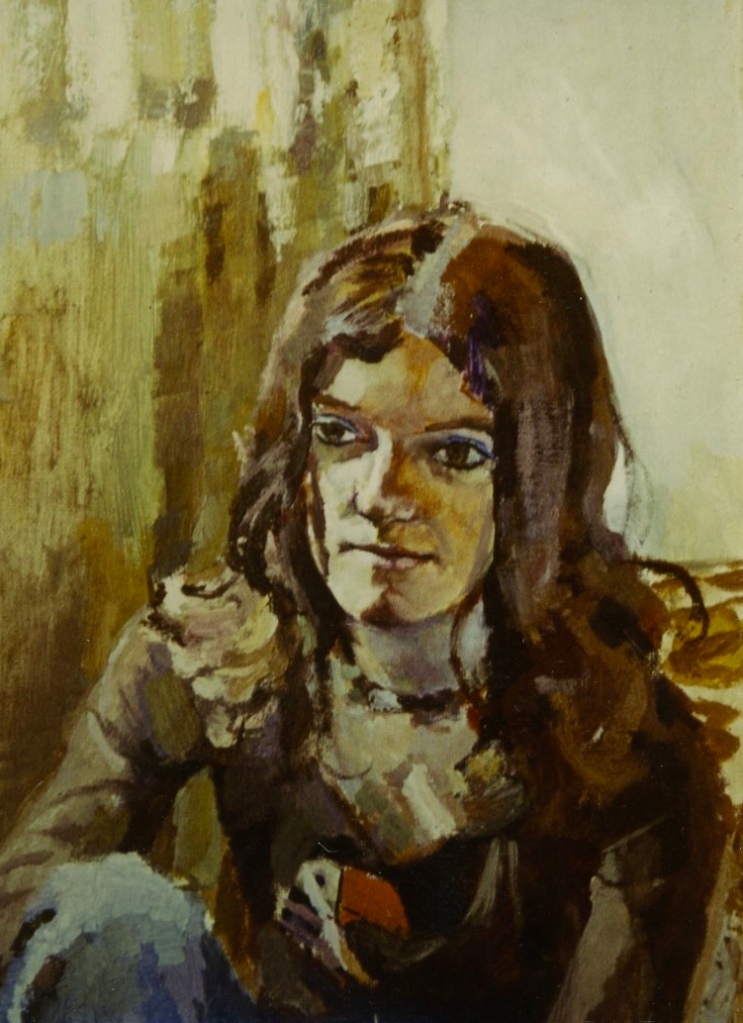
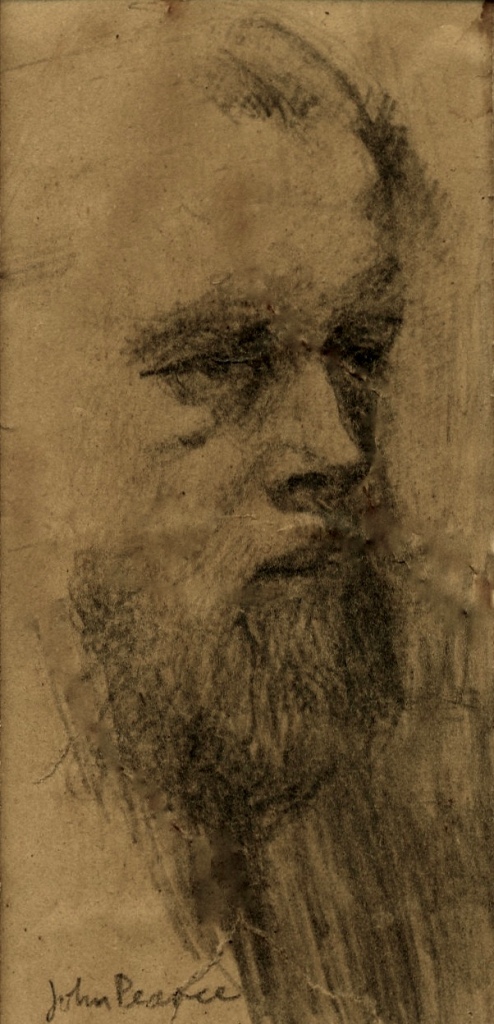

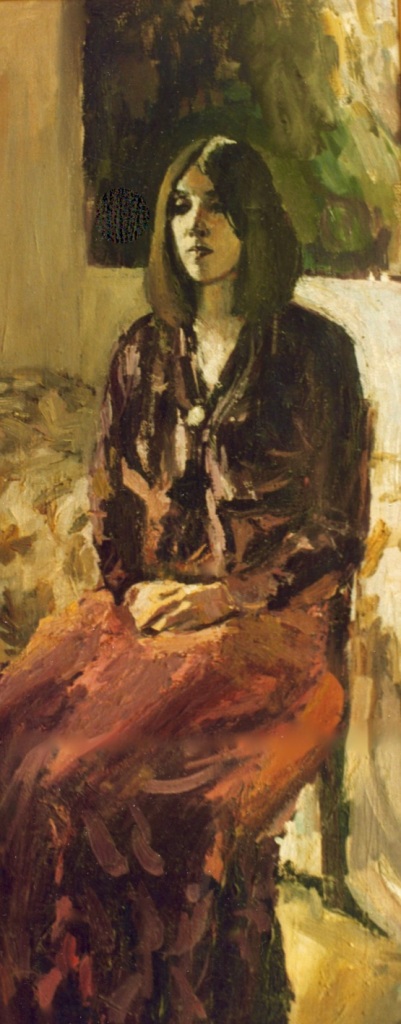
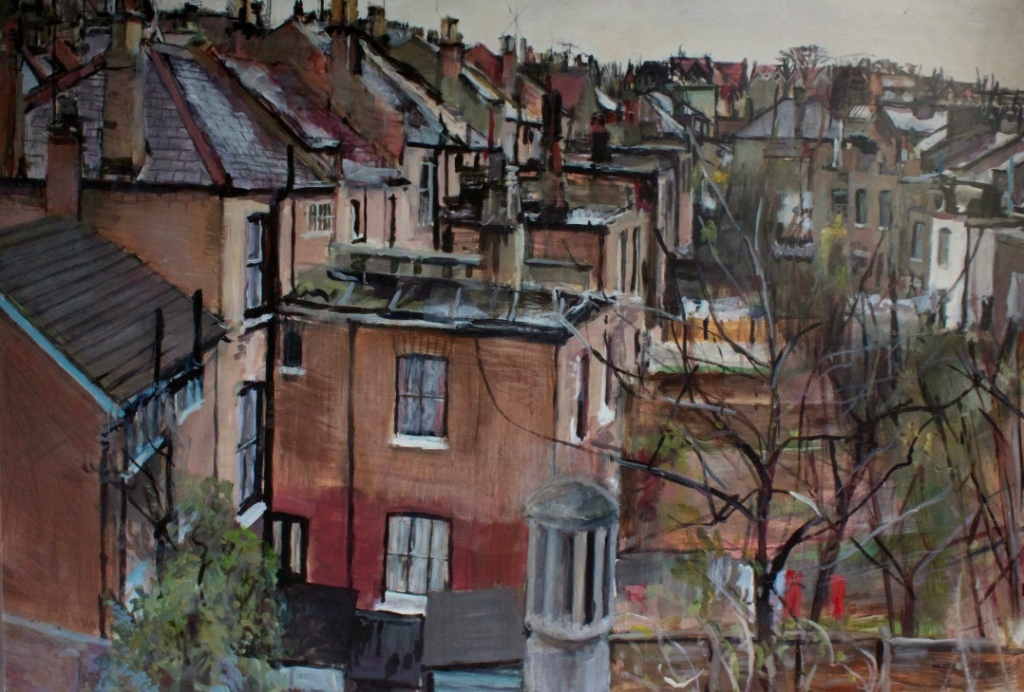
On returning to London from Newcastle, the pressure to find my way in the world led to a gap in my painting output. After various temporary jobs, I found employment in a Grammar School as an assistant art teacher. When I resumed my own painting and drawing, it was to adopt a completely uncomplicated direct approach without preconceived modernist or other philosophy, other than to do what I imagined everyone expected an artist to do – to sit or stand in front of a subject and paint it. If this turned out to be dull and obvious, so be it.
Perhaps in so doing I was at last following the high-minded, yet down-to-earth, advice of Hornsey tutors like Jesse Cast, John Titchell and John Wormell, rather than the blandishments of Frank Auerbach or Alberto Giacometti. In 1973 I held my first solo show in The New Gallery in Hornsey Library. Others followed at Bruce Castle in Tottenham, Dunelm House in Durham University, and the Shipley Gallery in Gateshead.
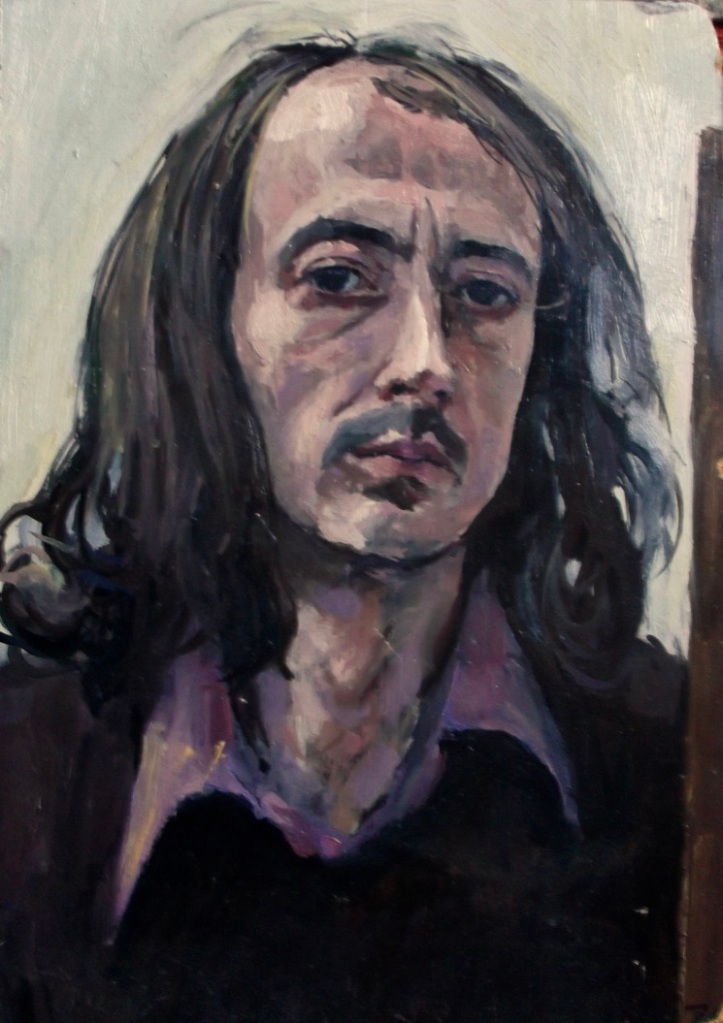
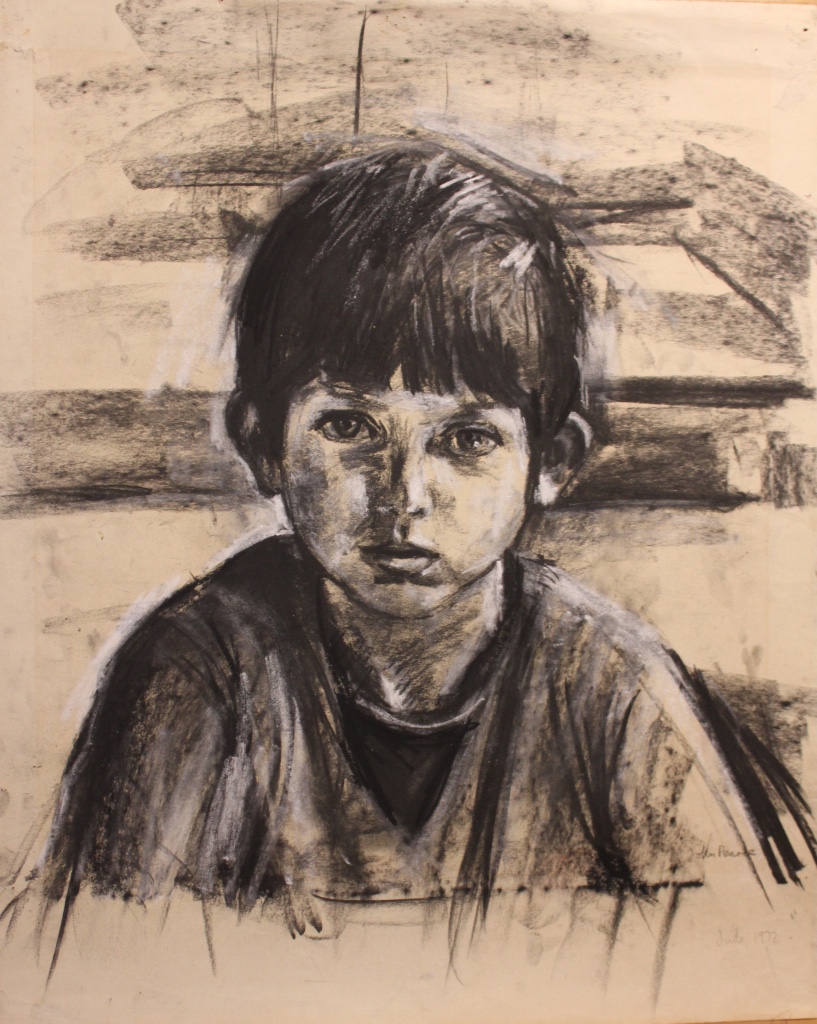

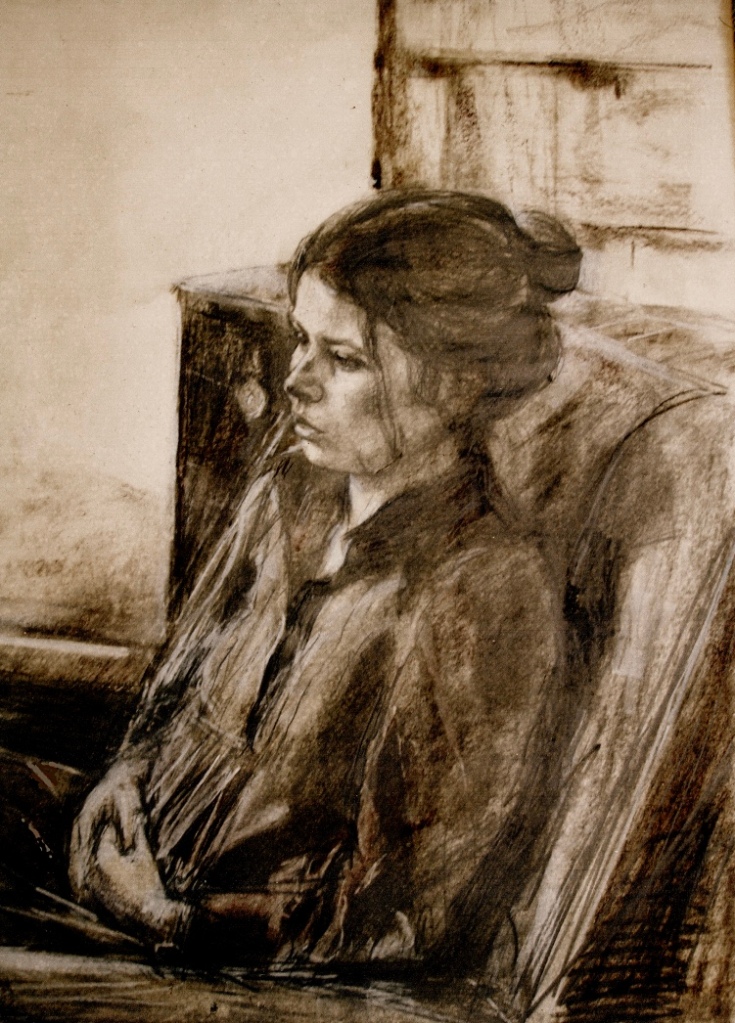

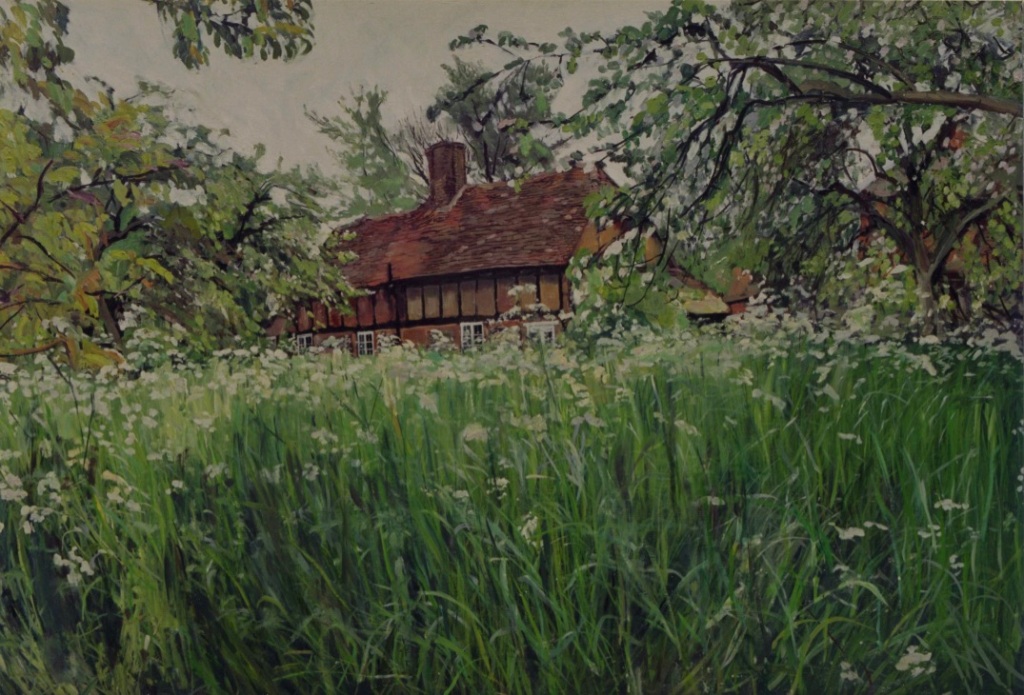

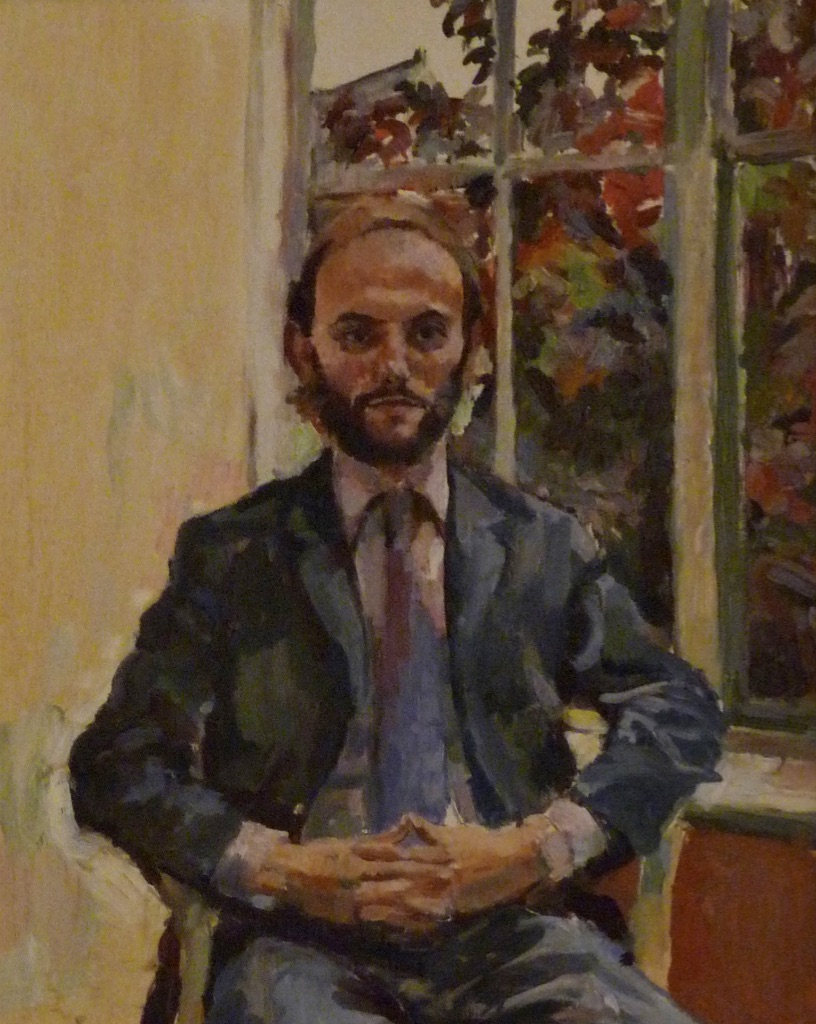
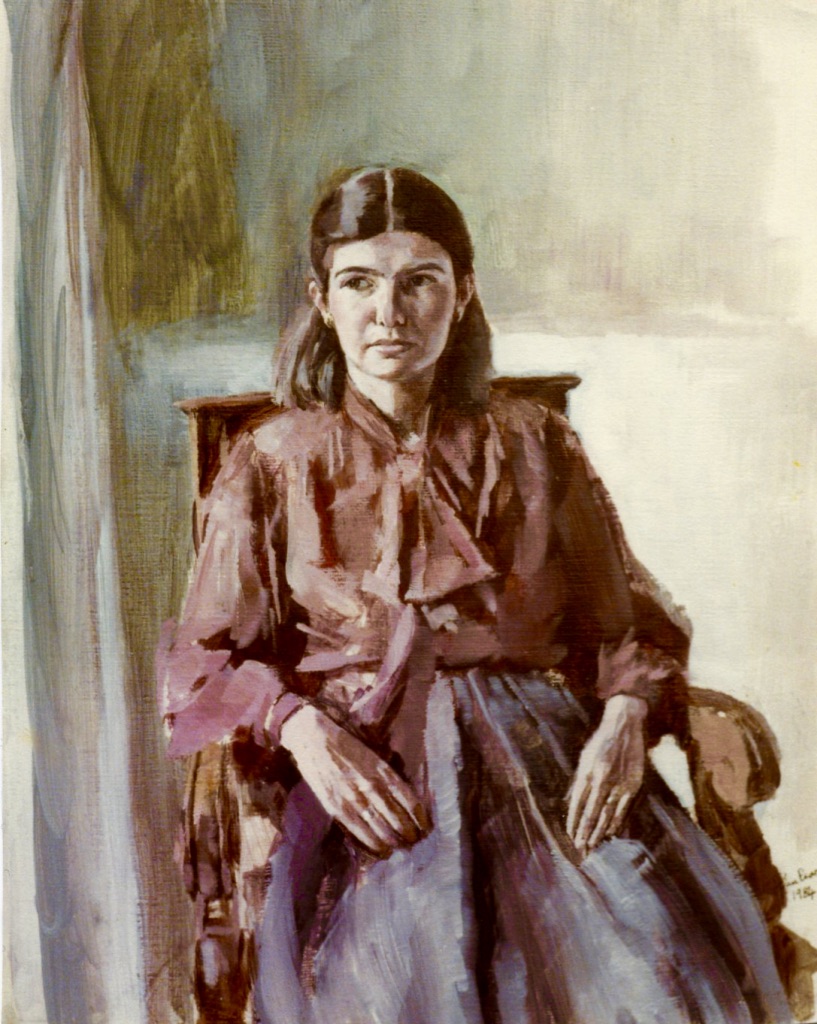

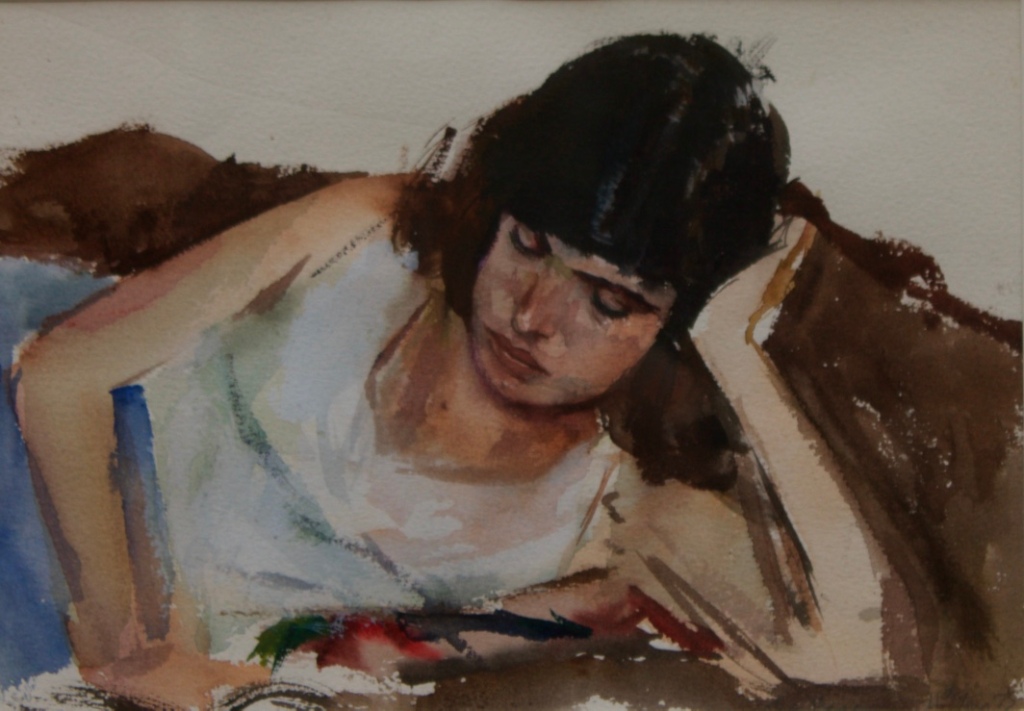
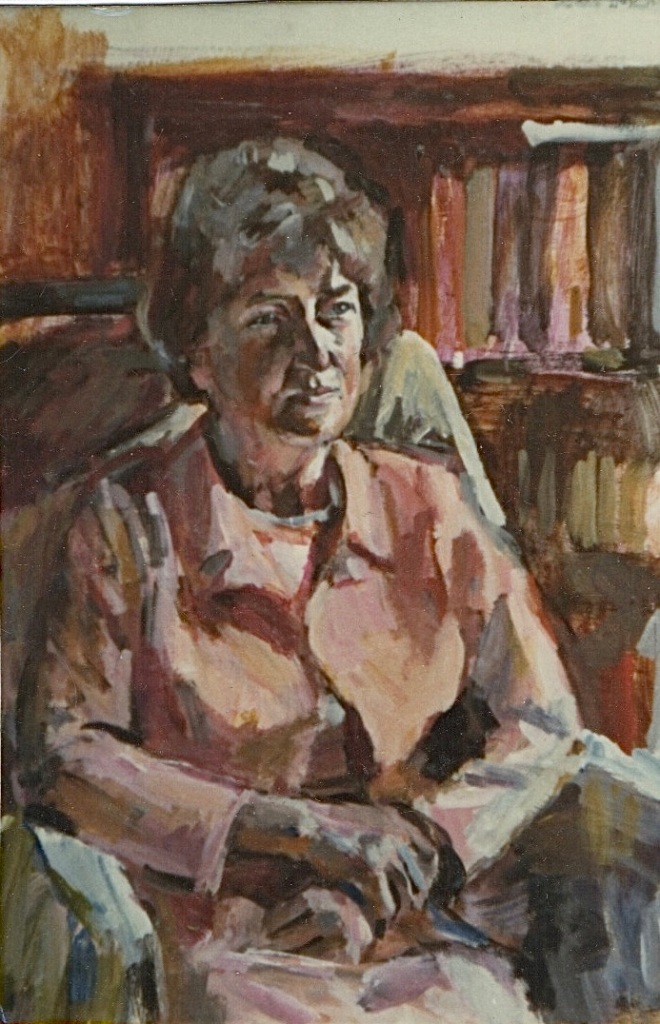


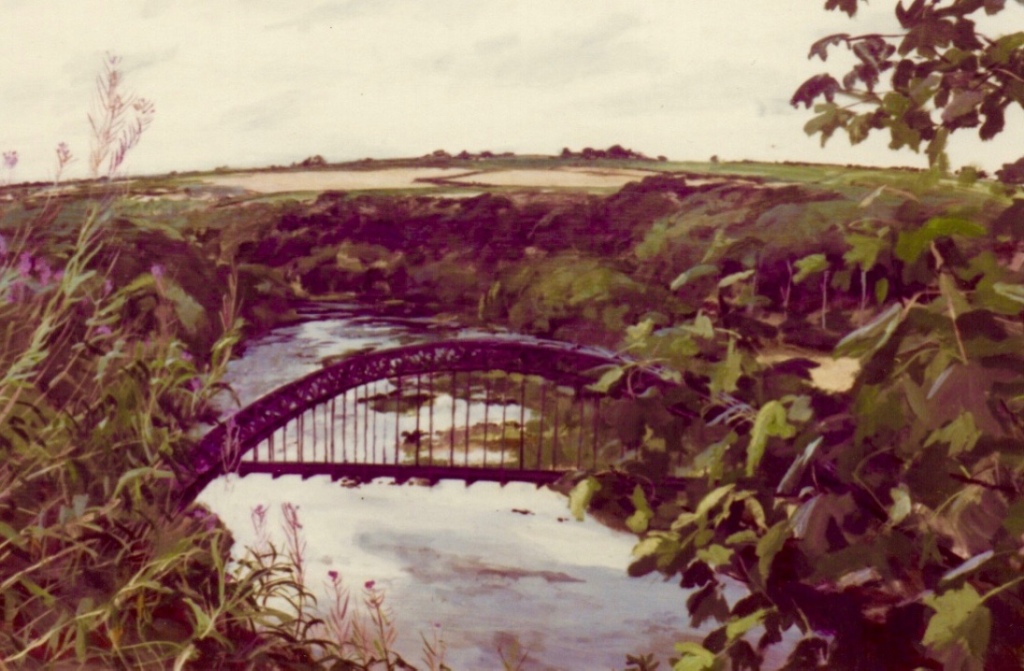

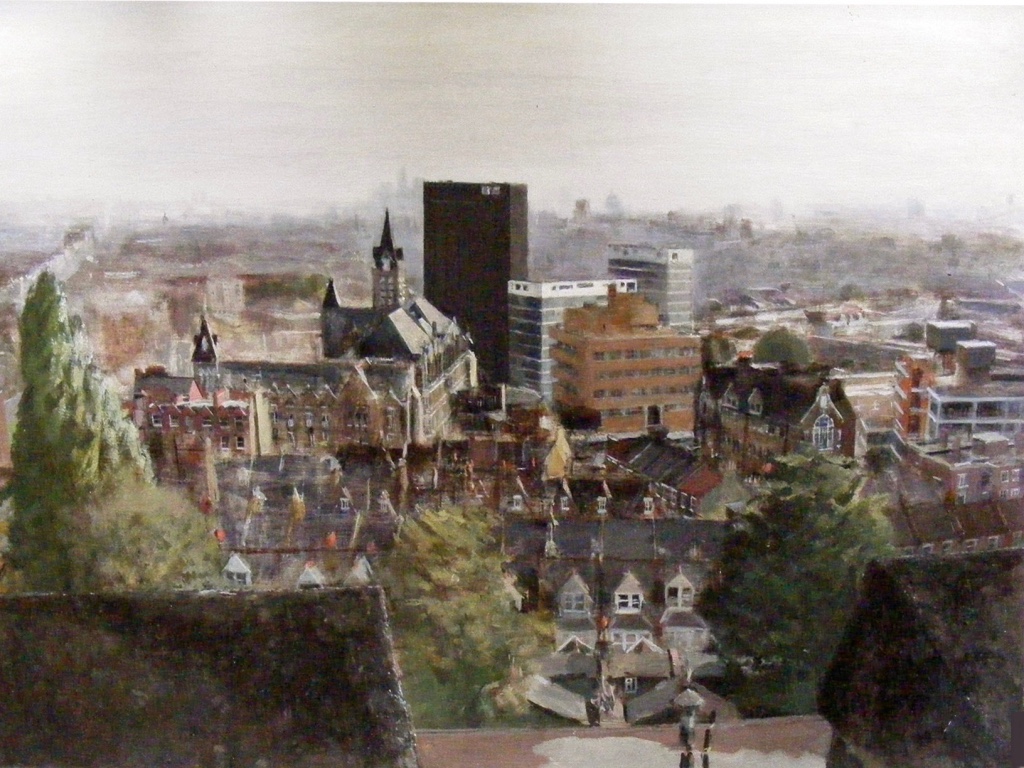
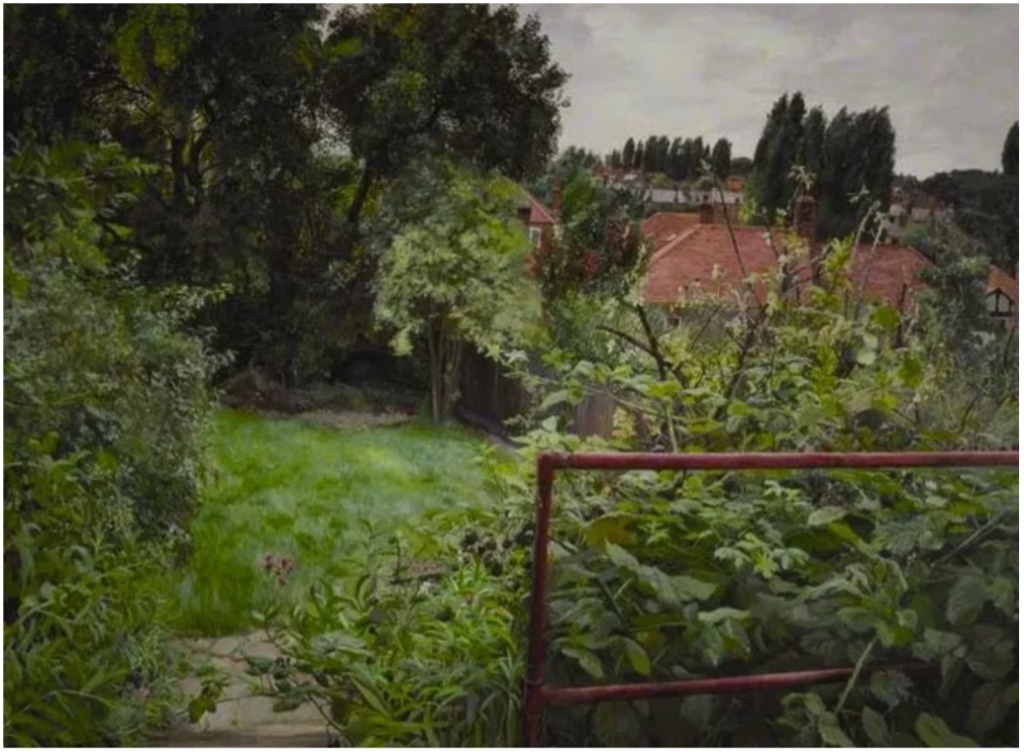
‘Blackberries in August’ took four weeks of painting daily on site. The brambles in the foreground grew apace and were incorporated with other changing aspects of the scene as the summer advanced. The painting was acquired by the Greater London Council in 1980, and is part of the Guildhall Gallery collection, London.
To explore the continuation of this approach, please click on CONTINUATION 1980 TO 2020.
